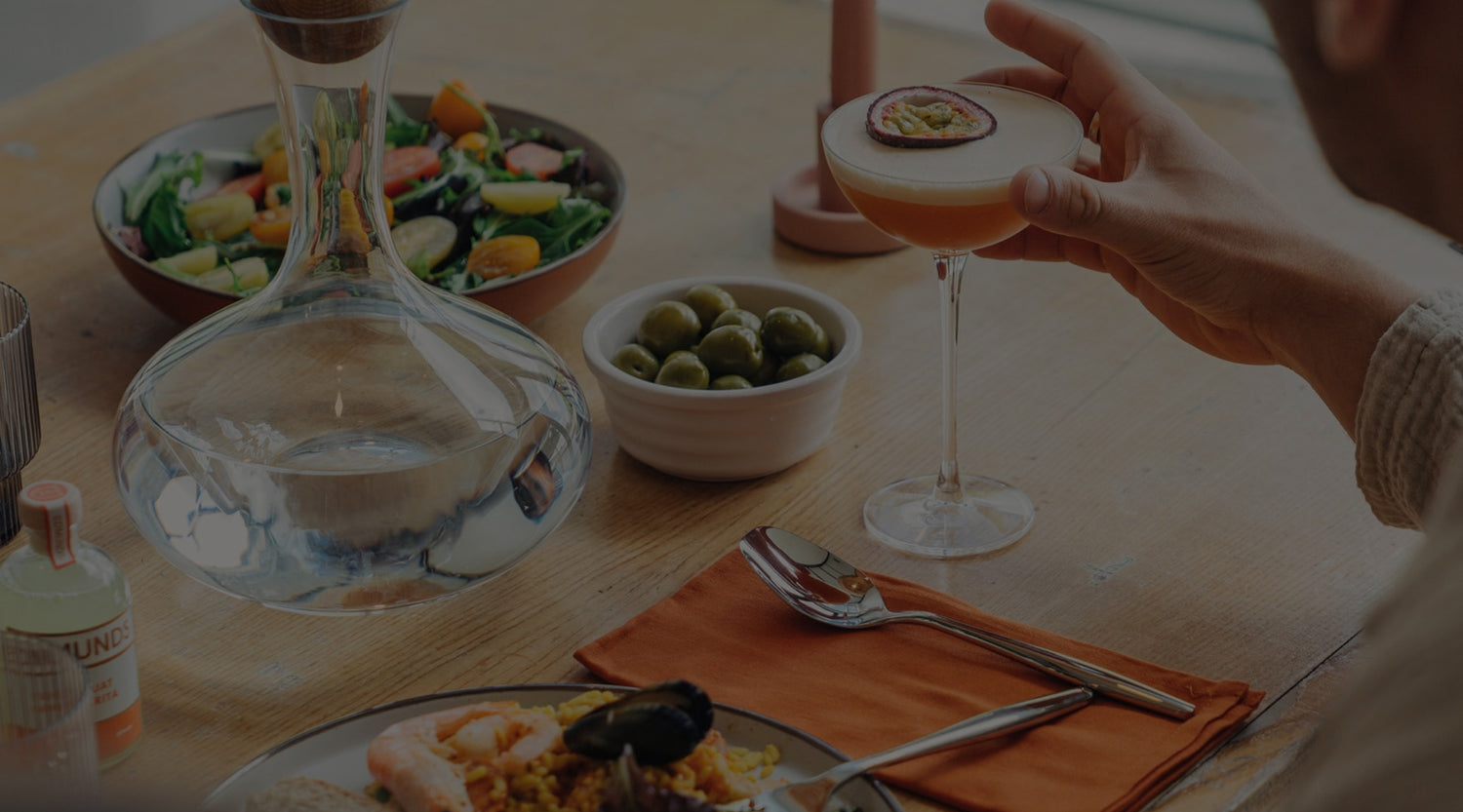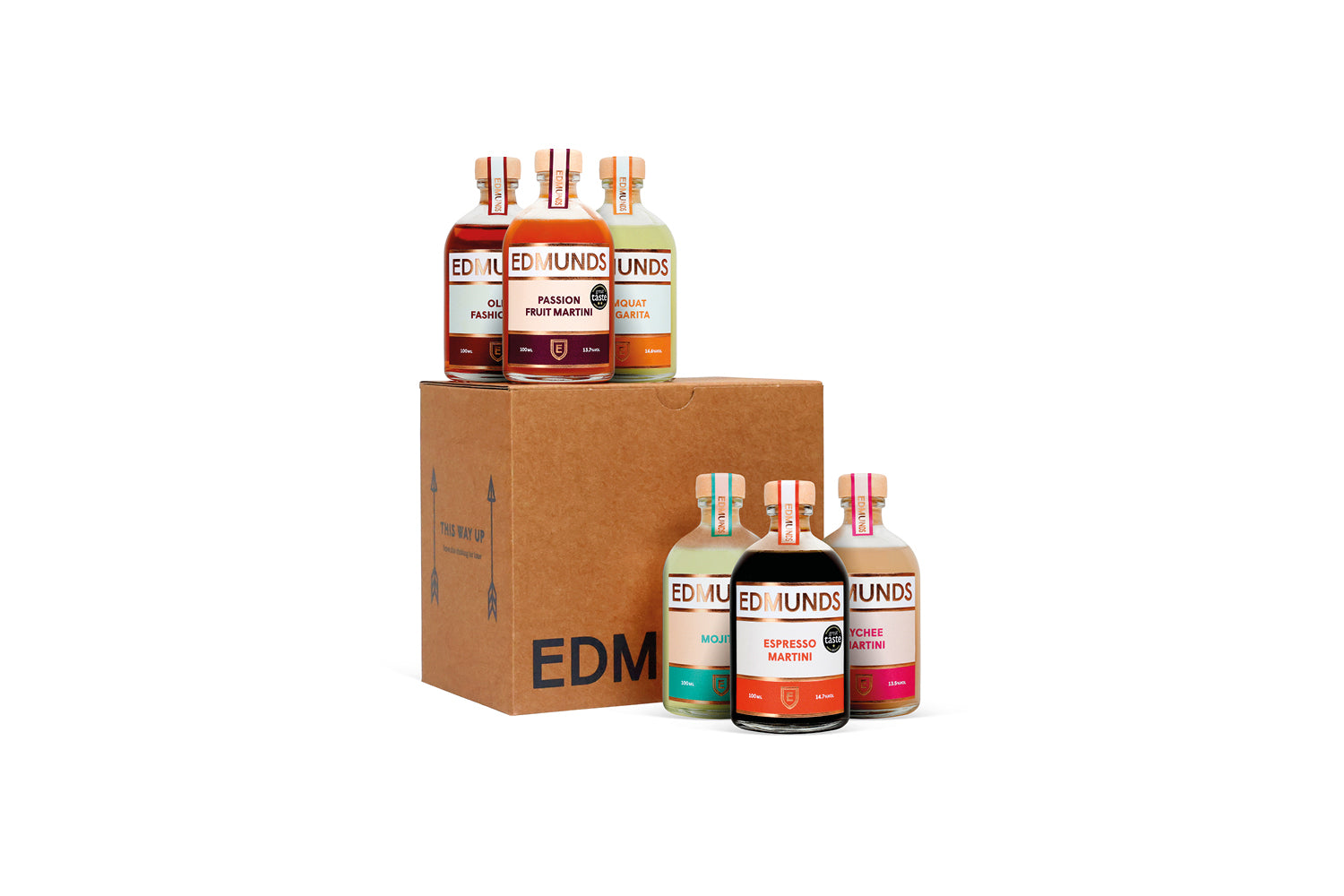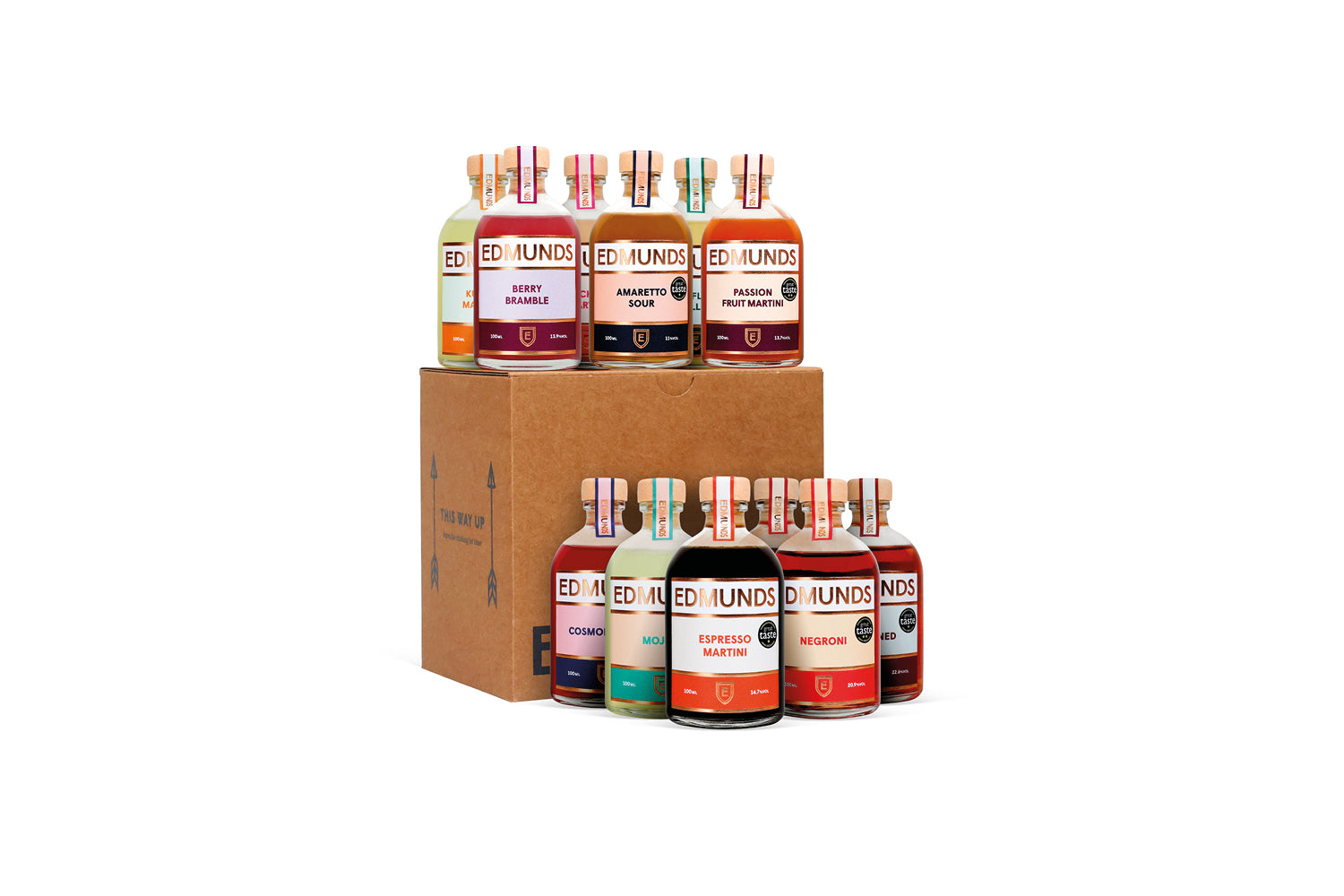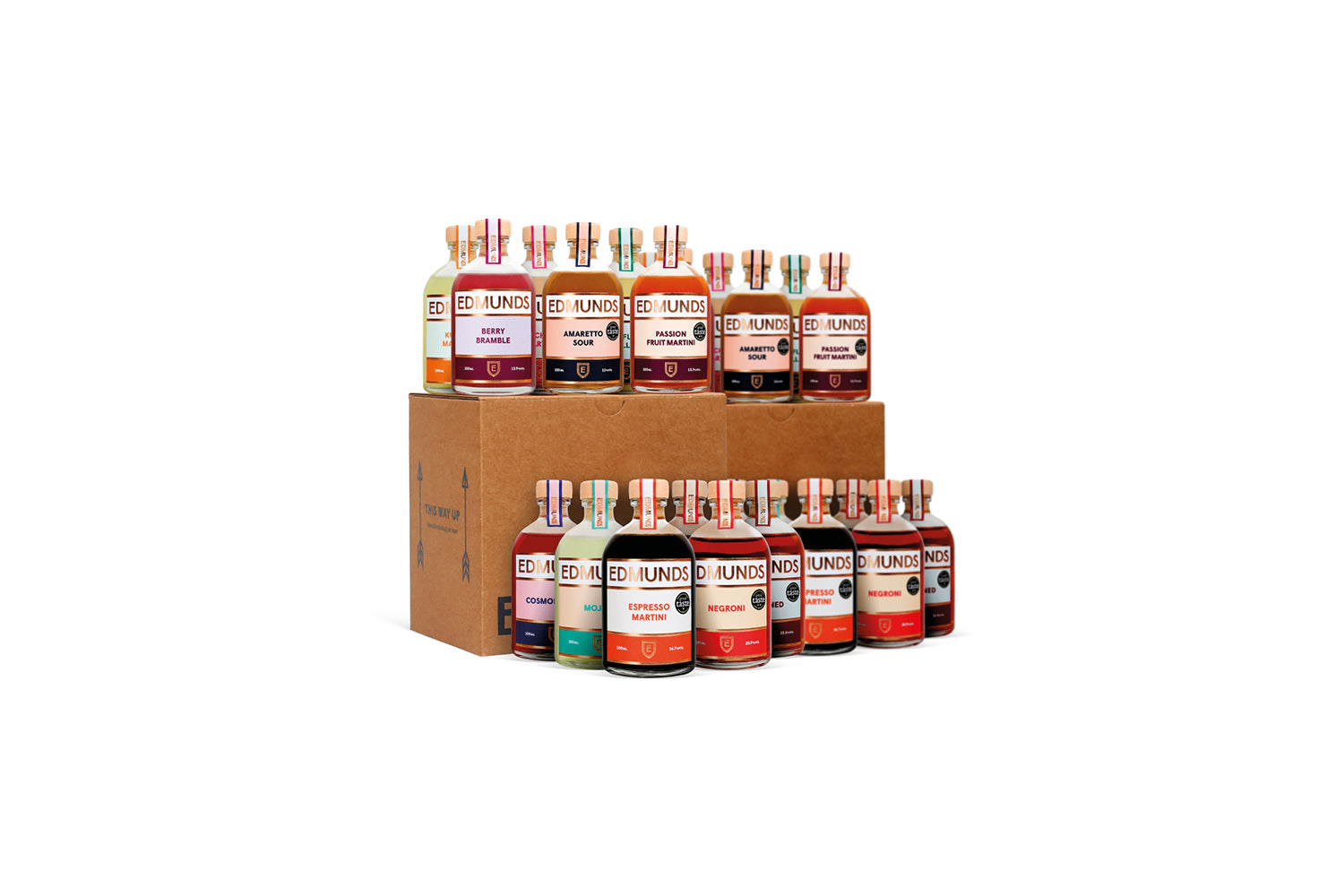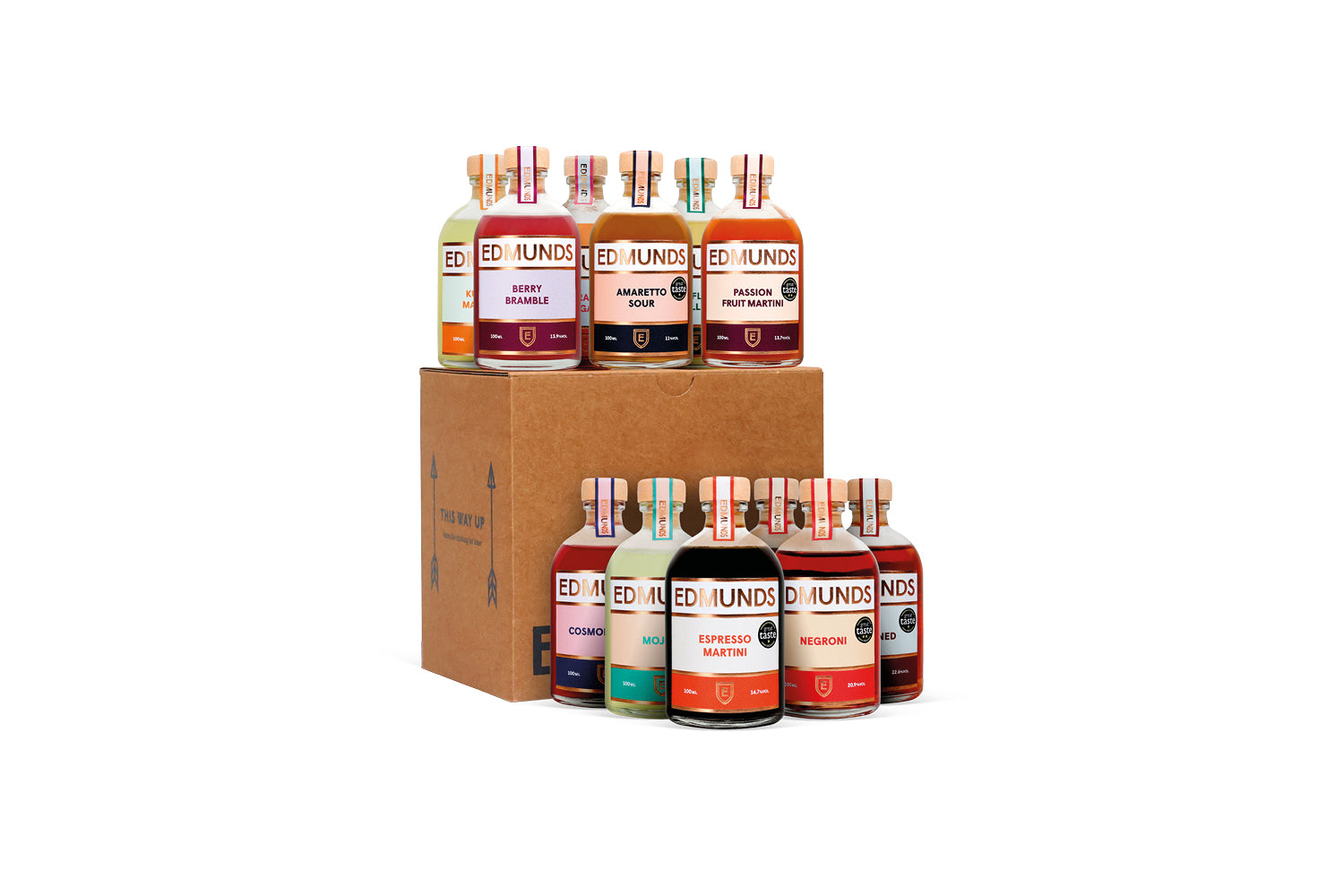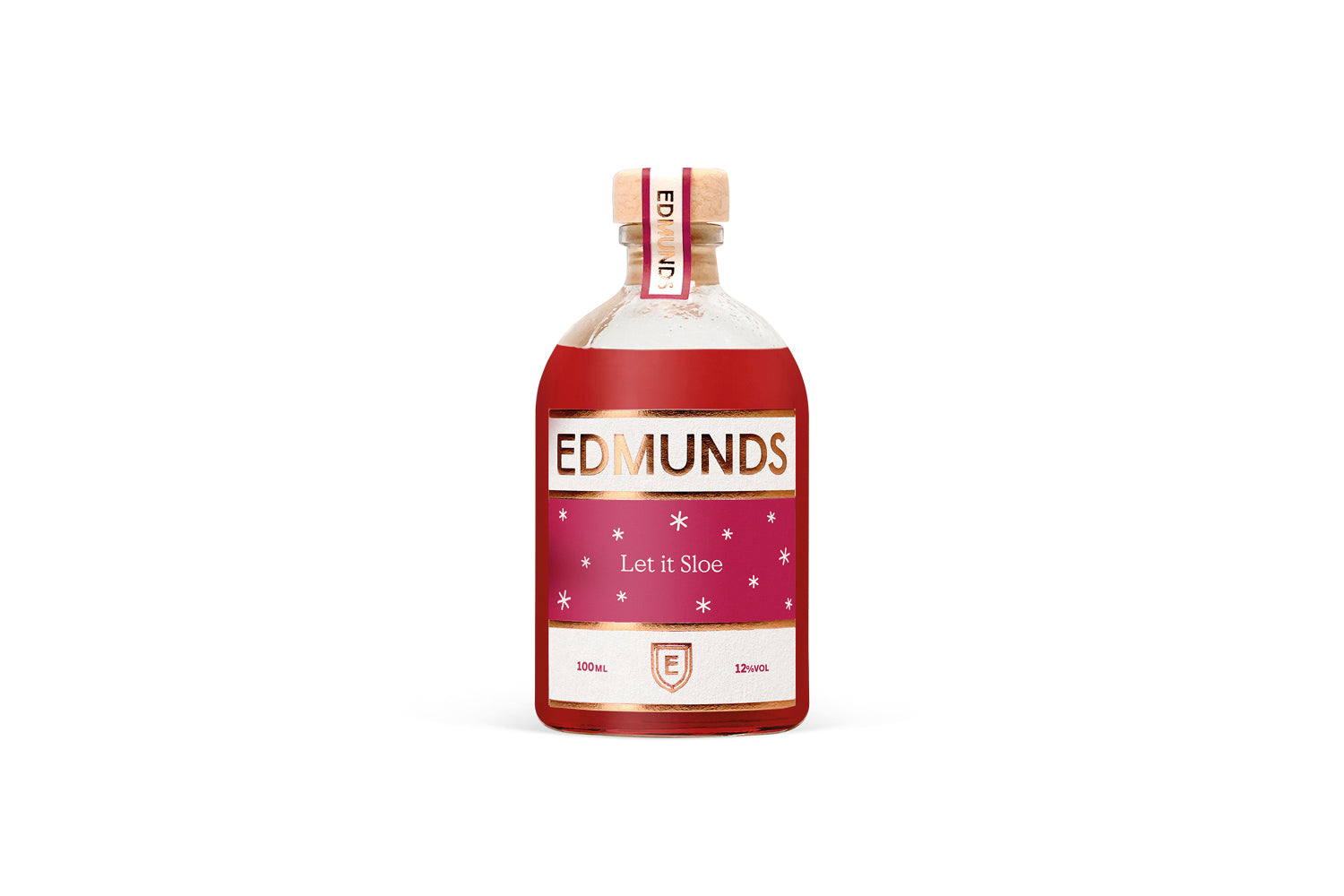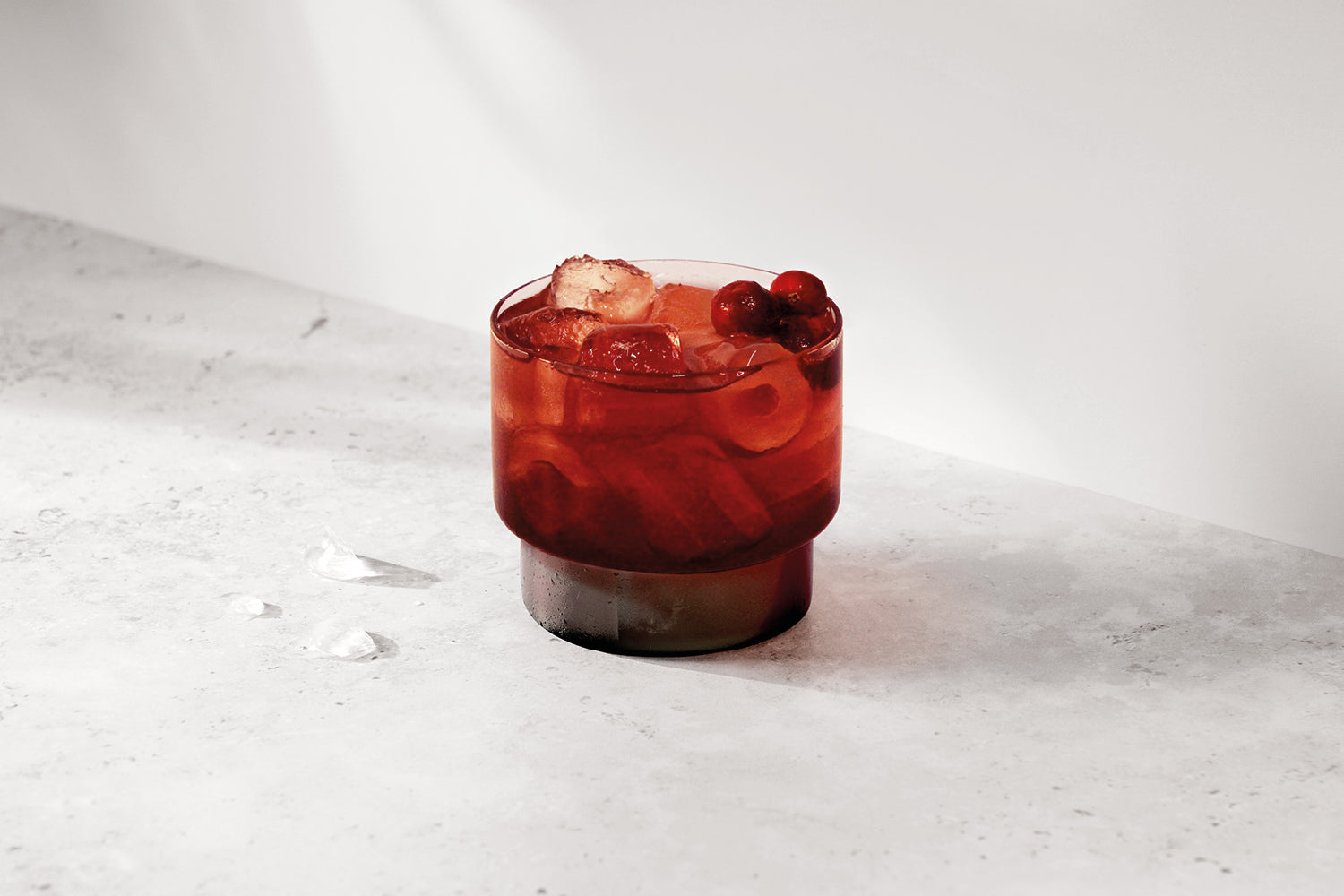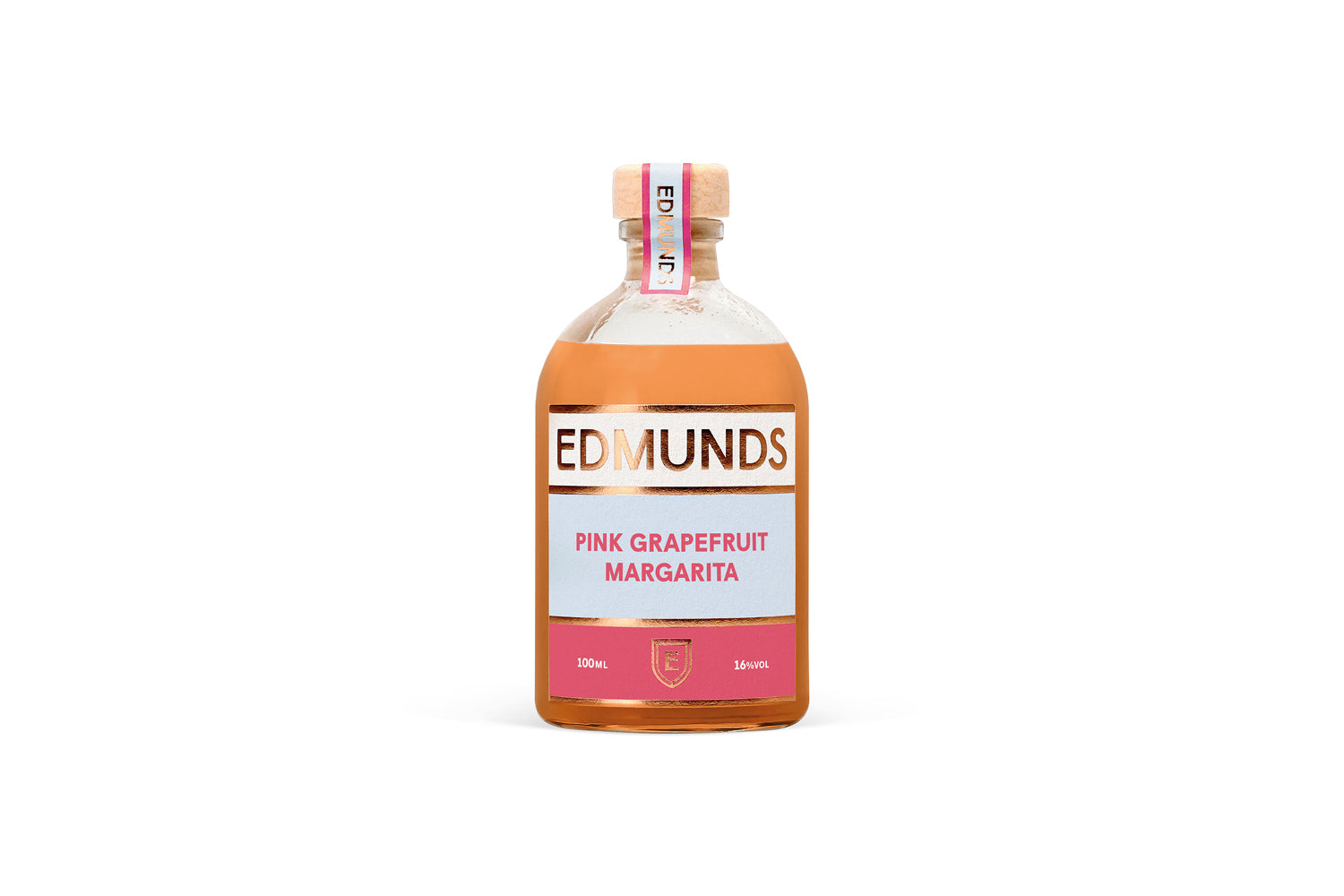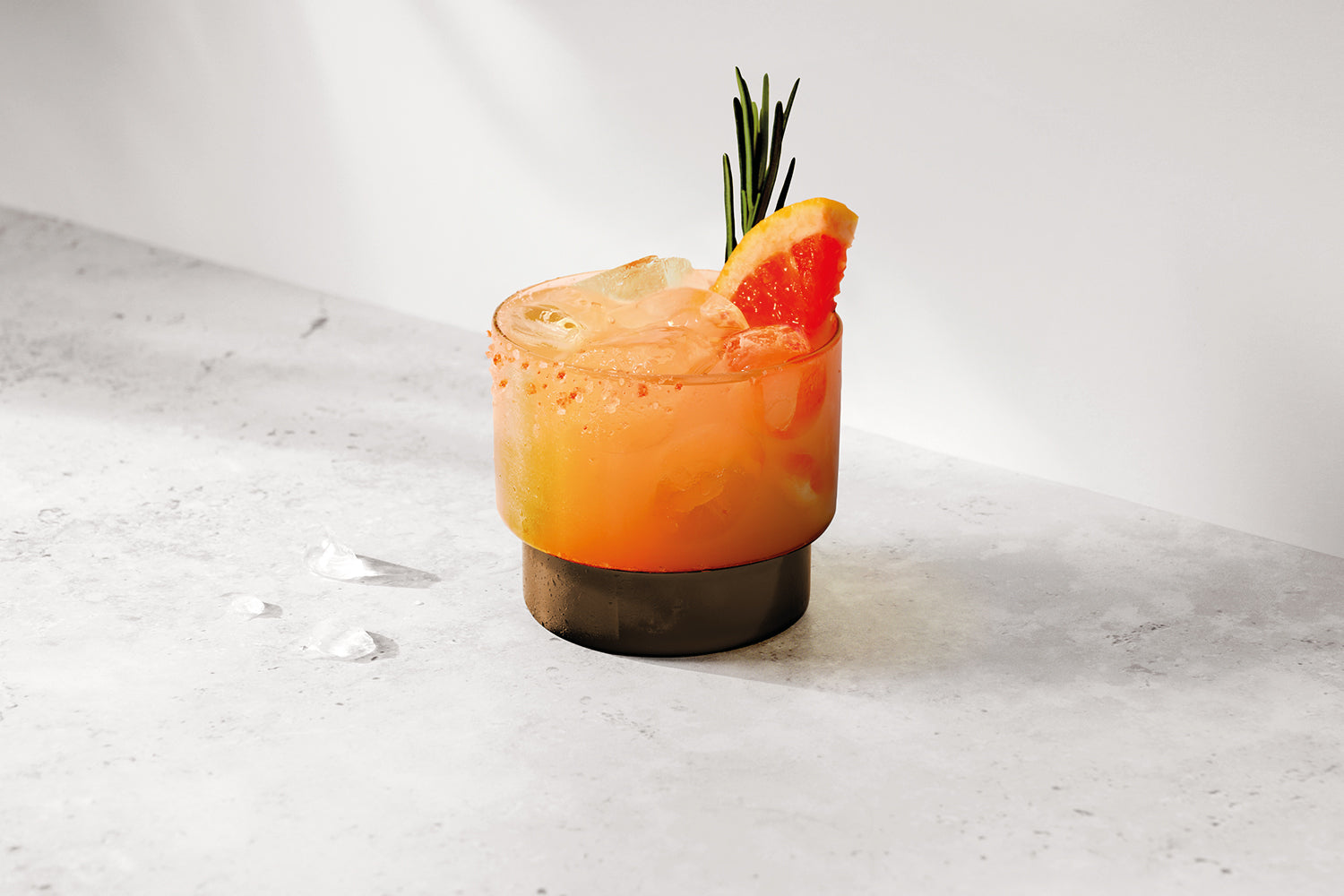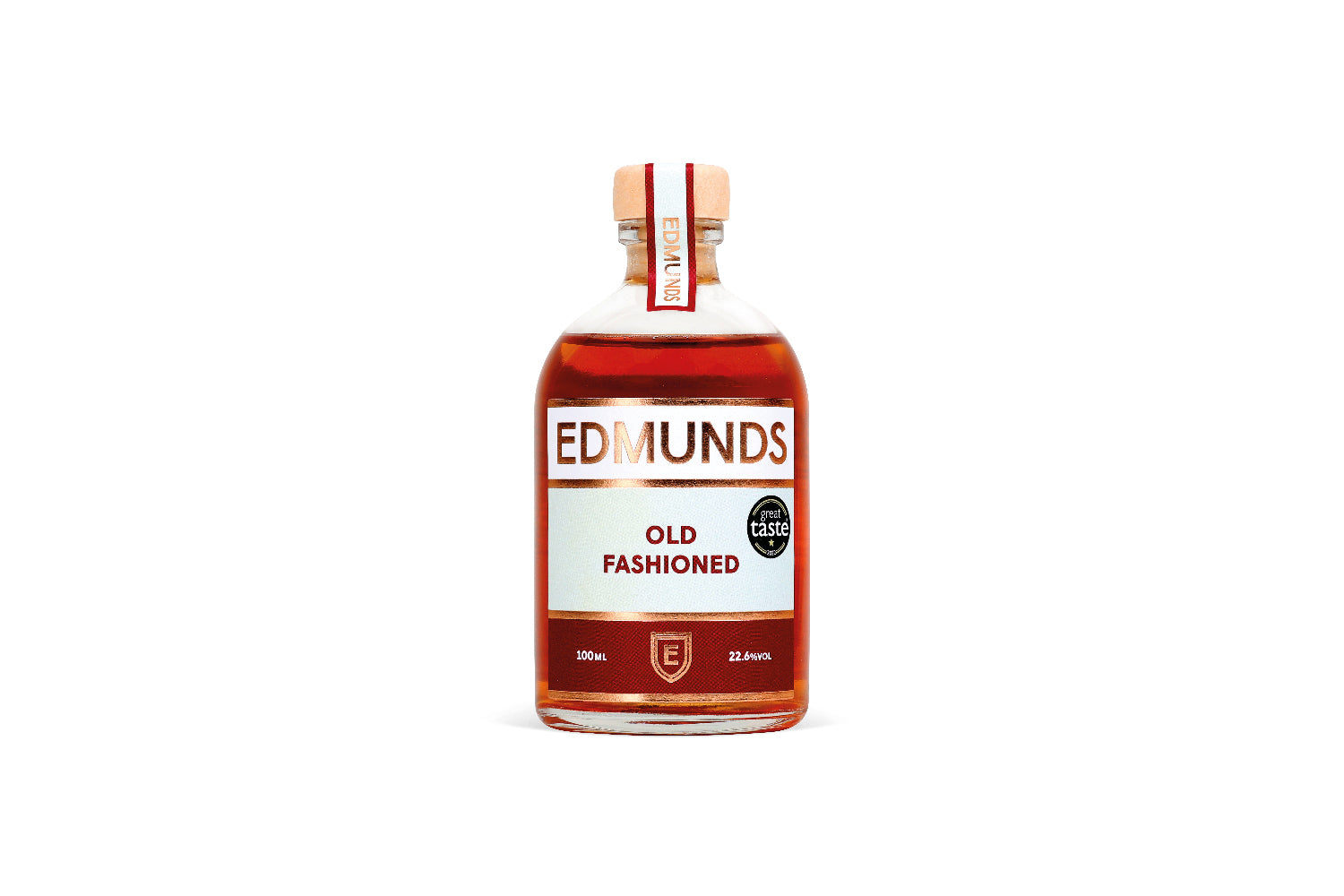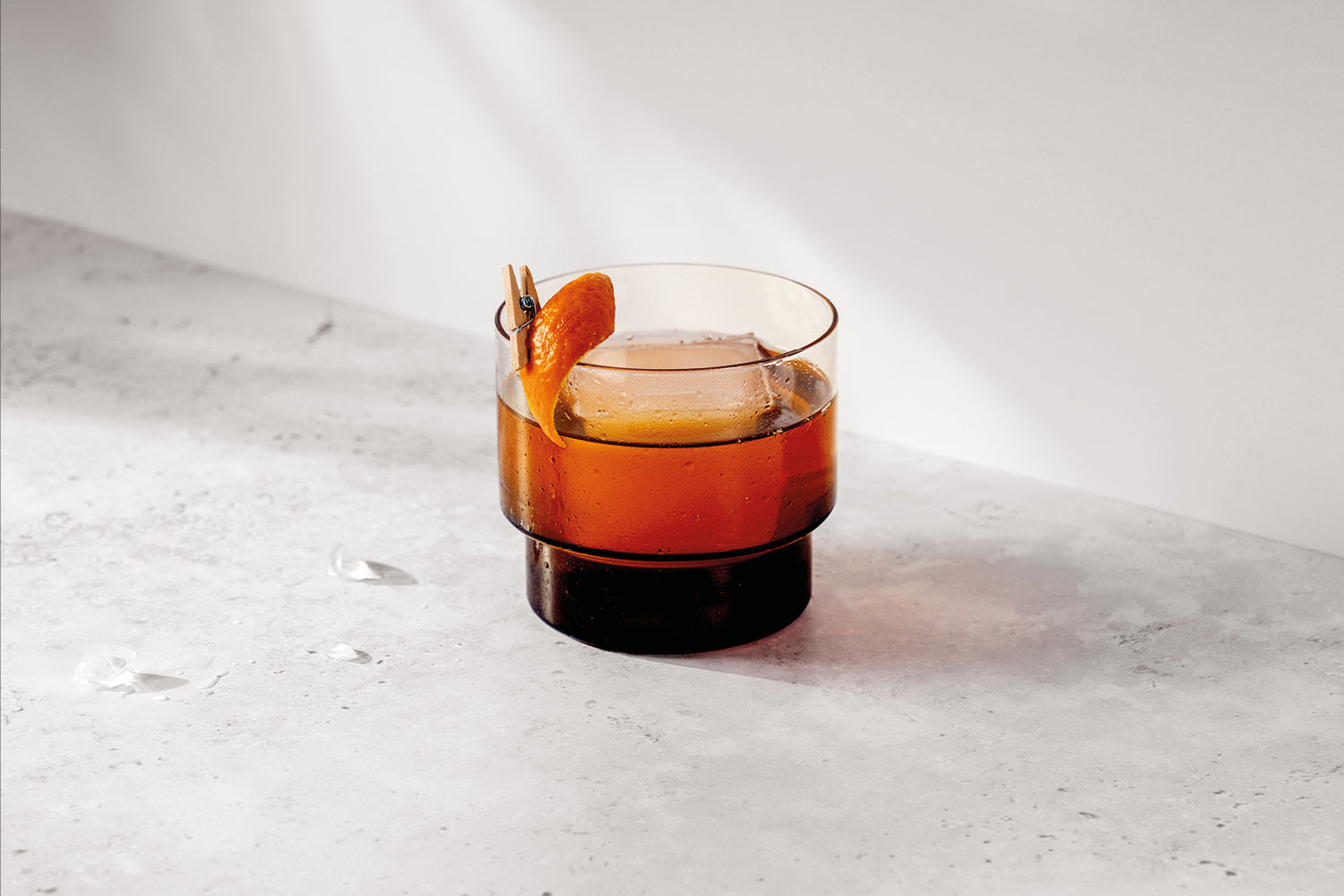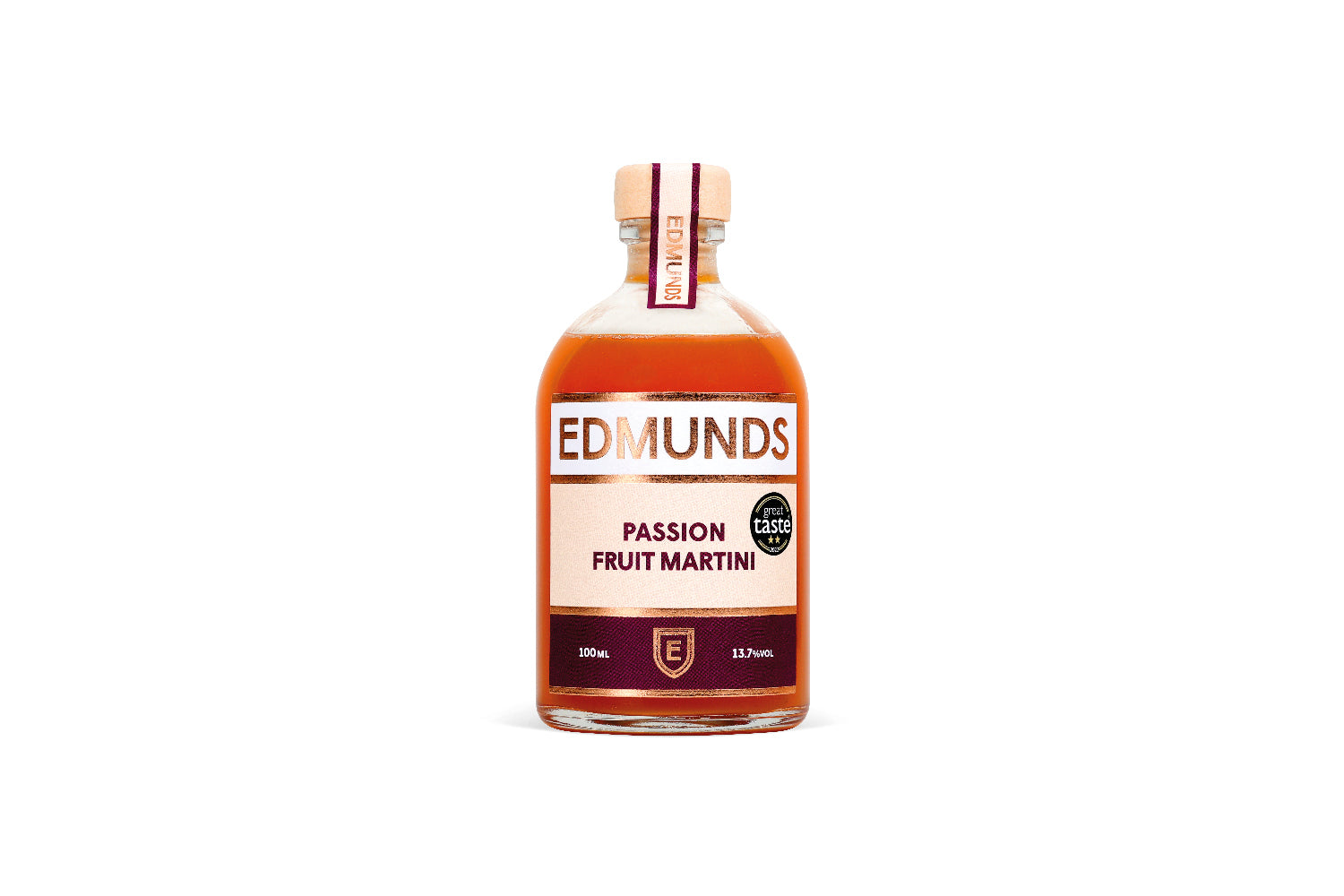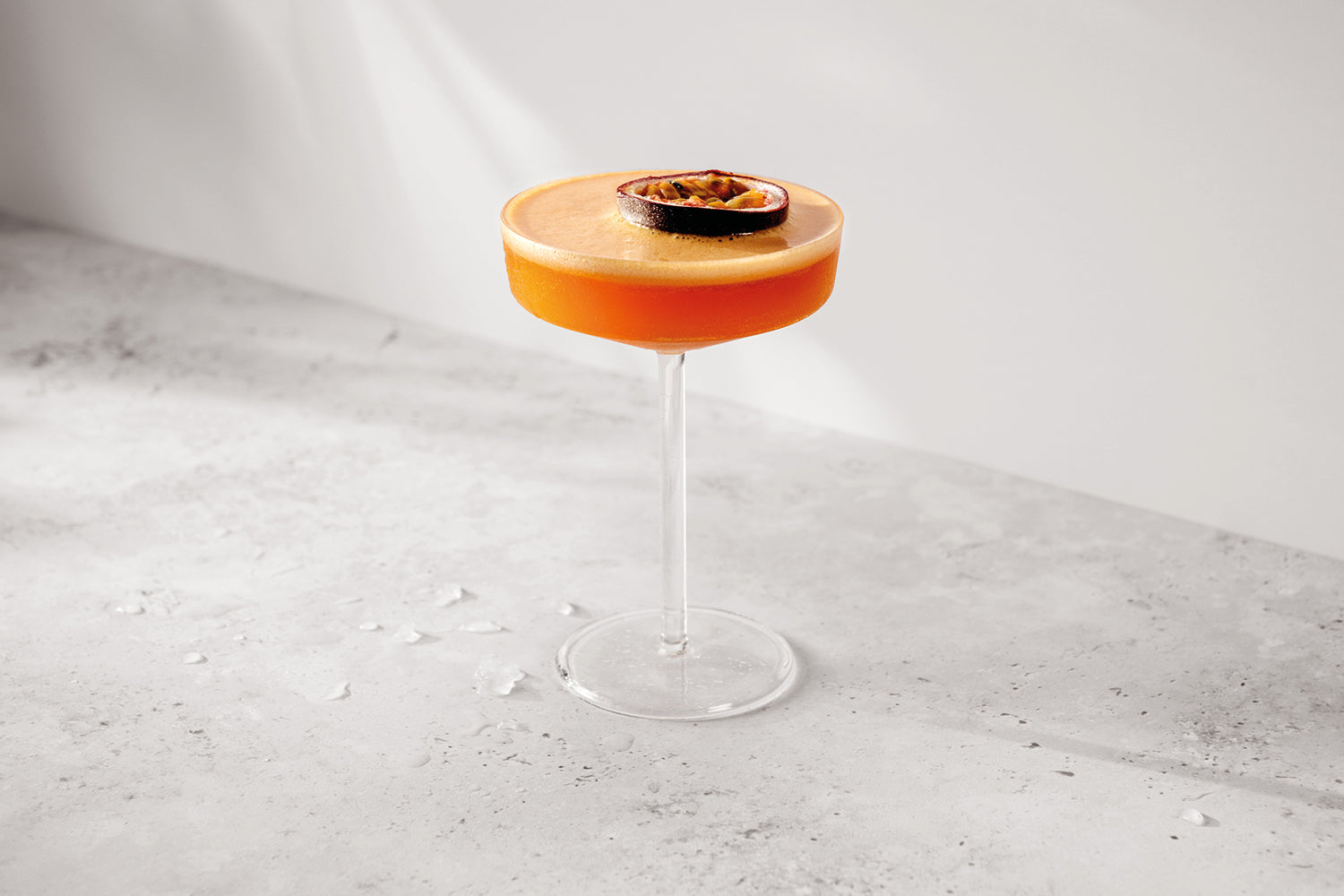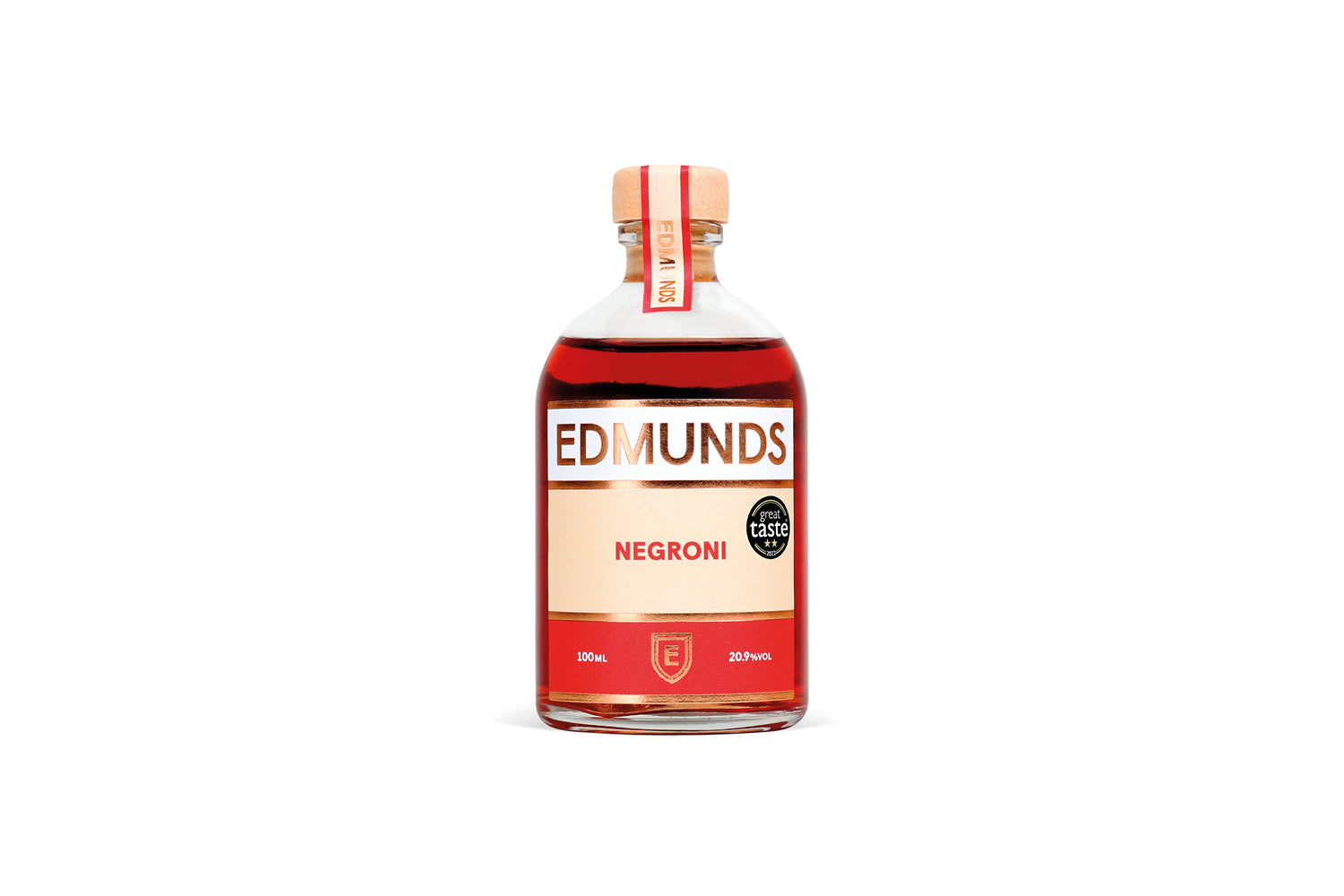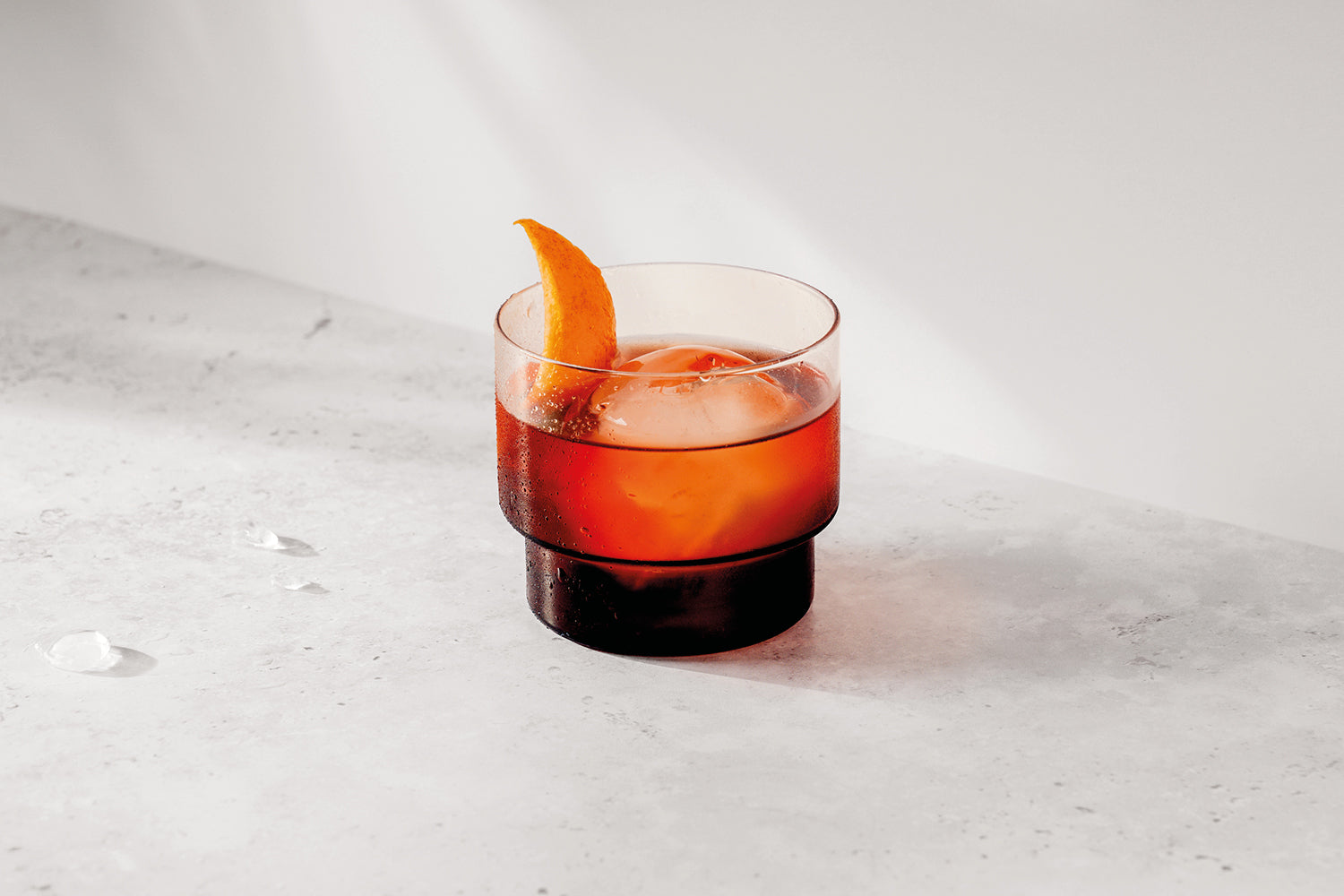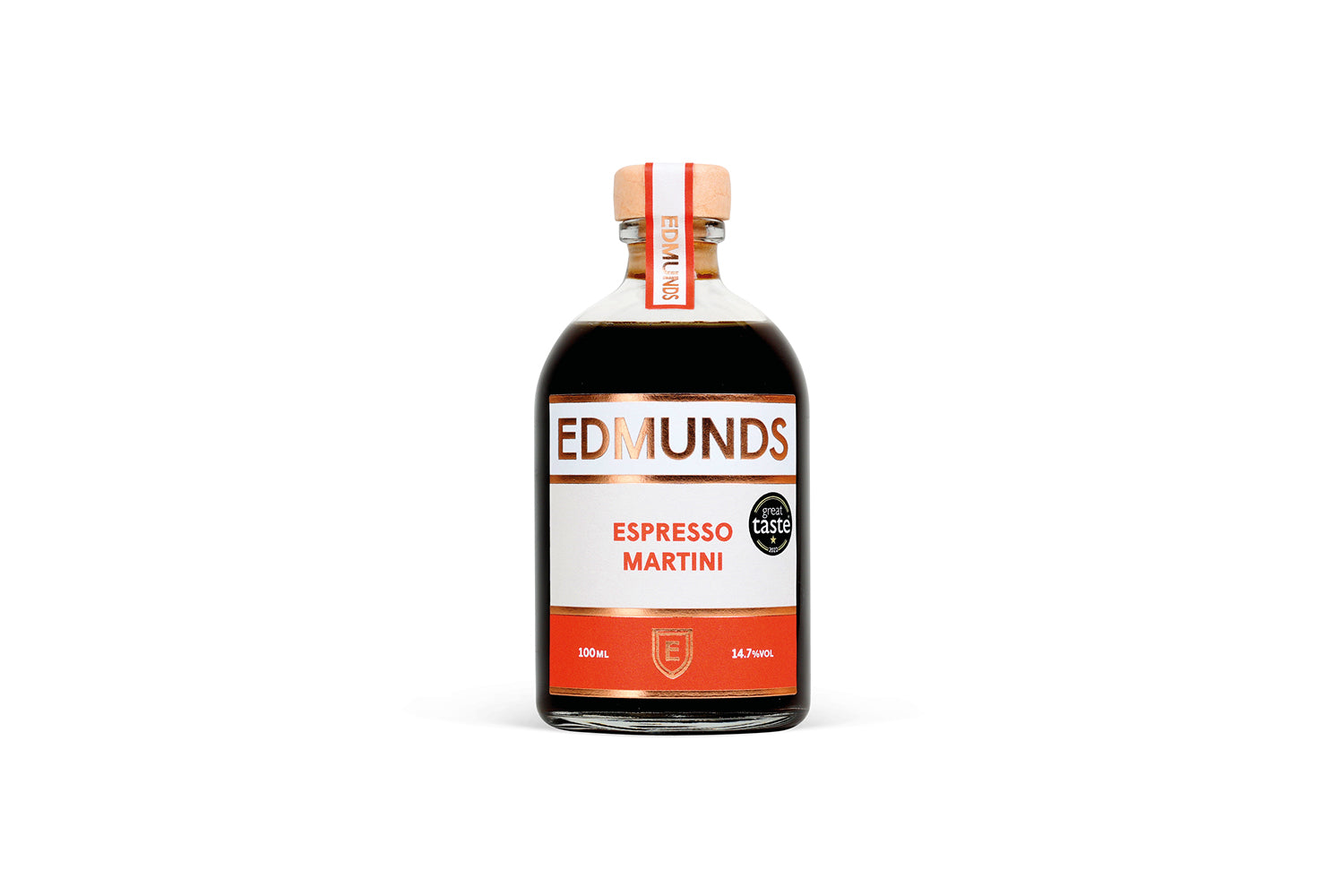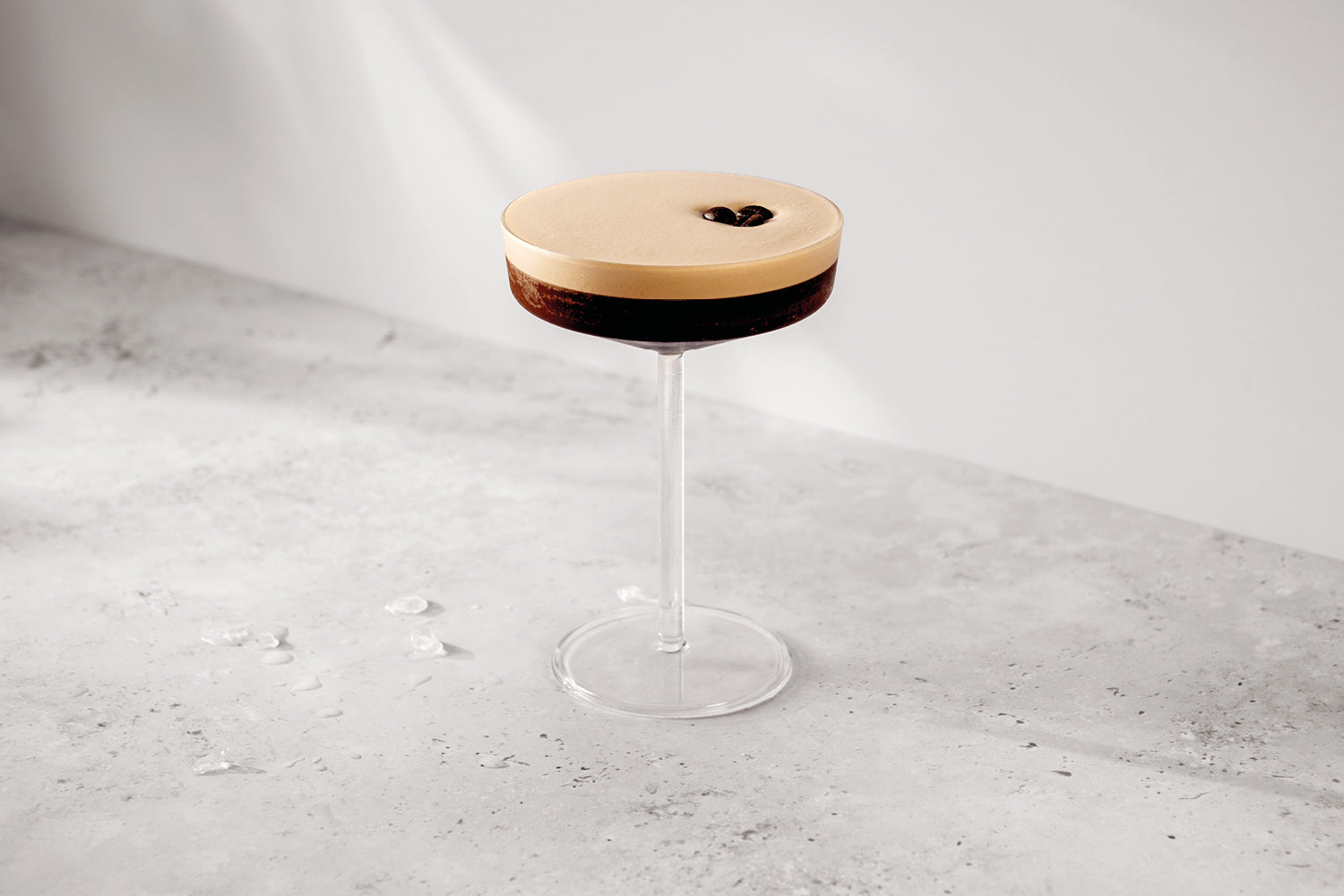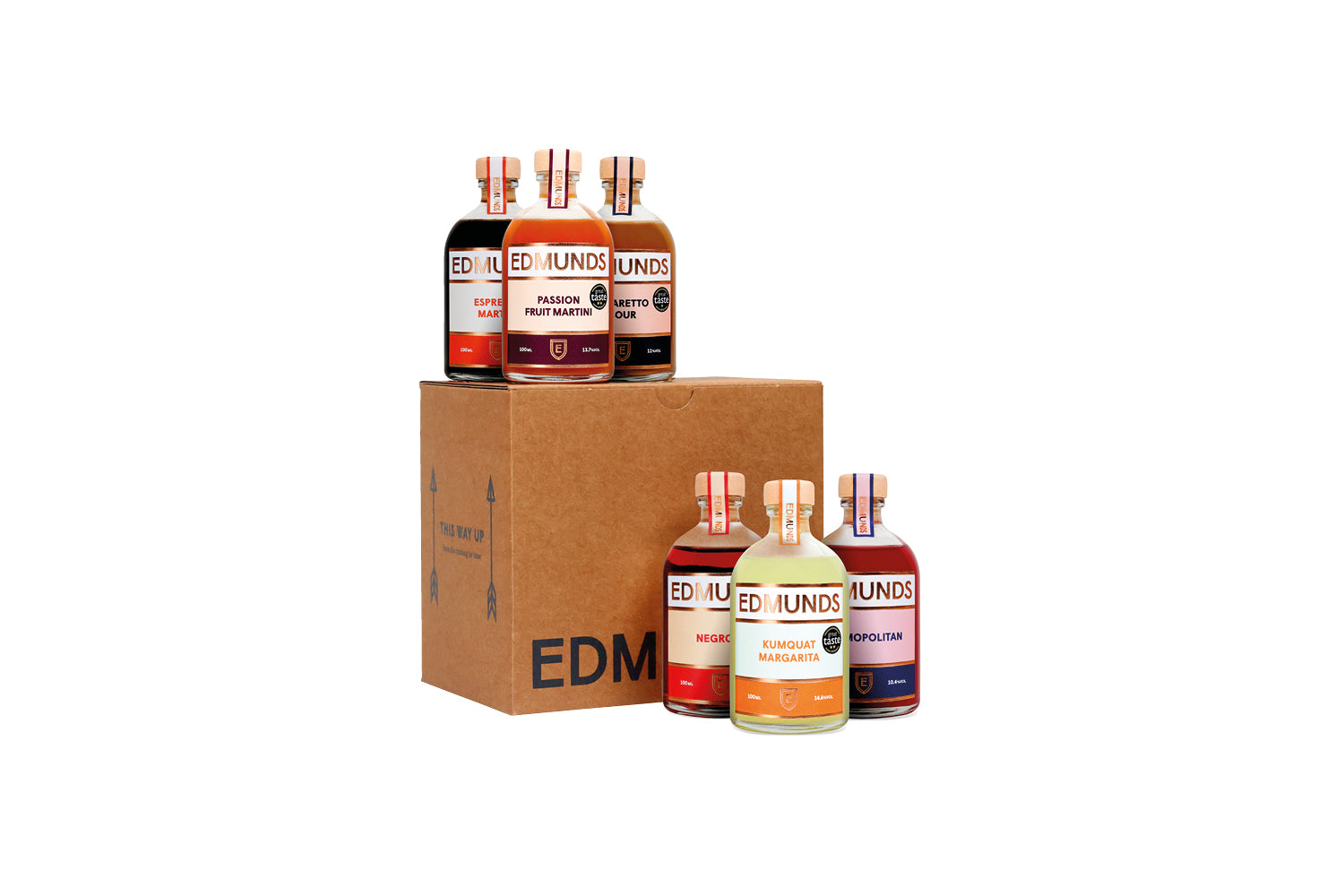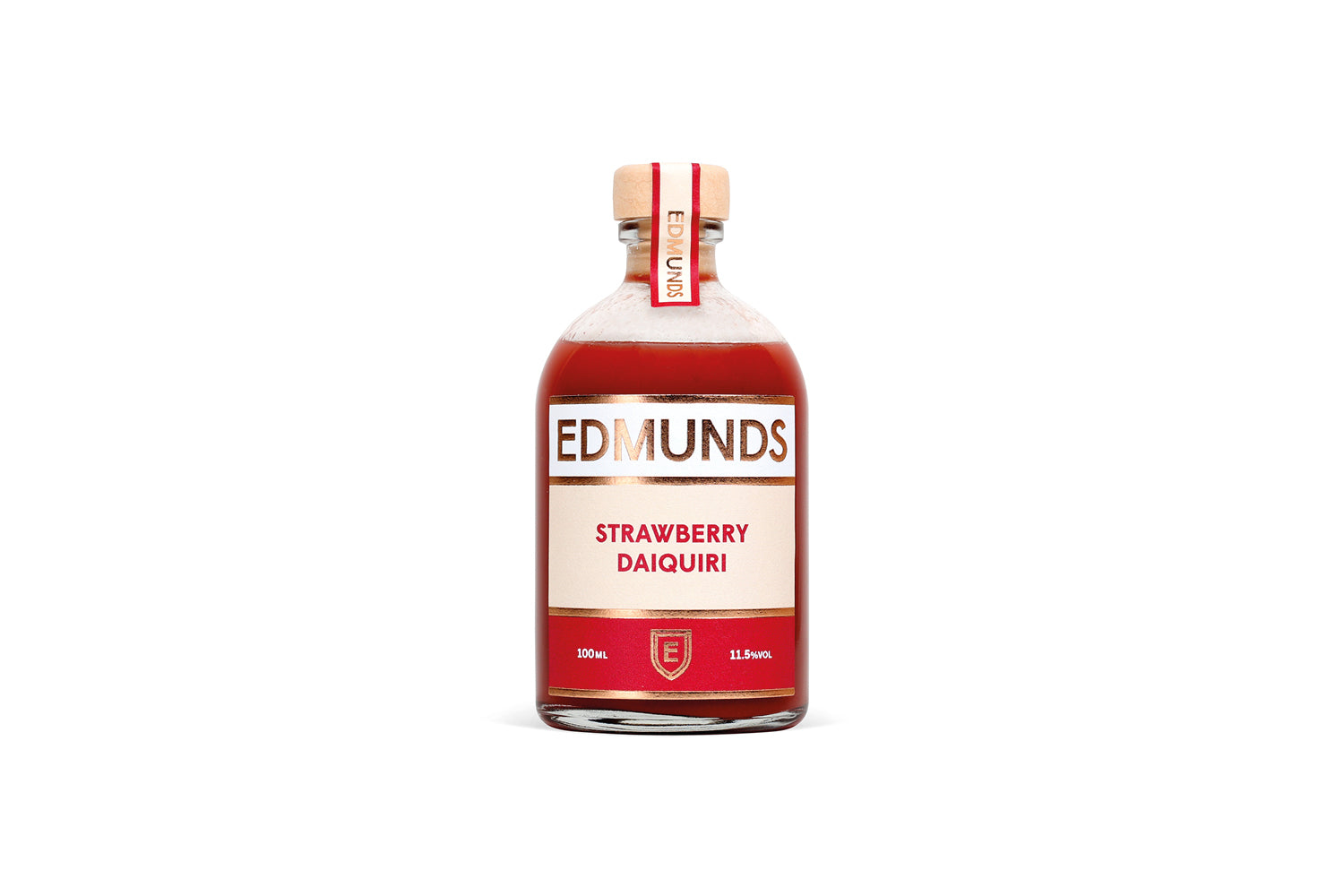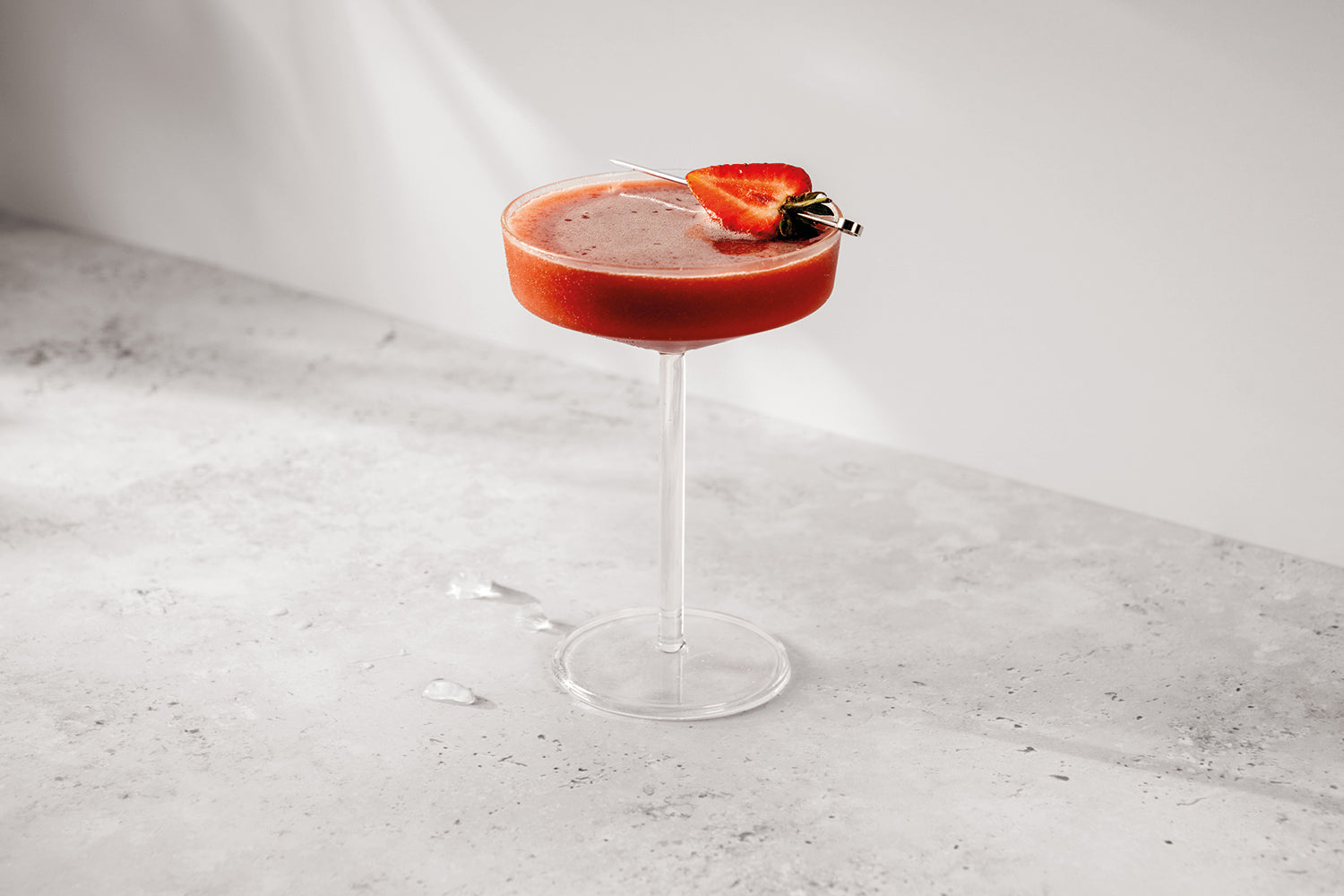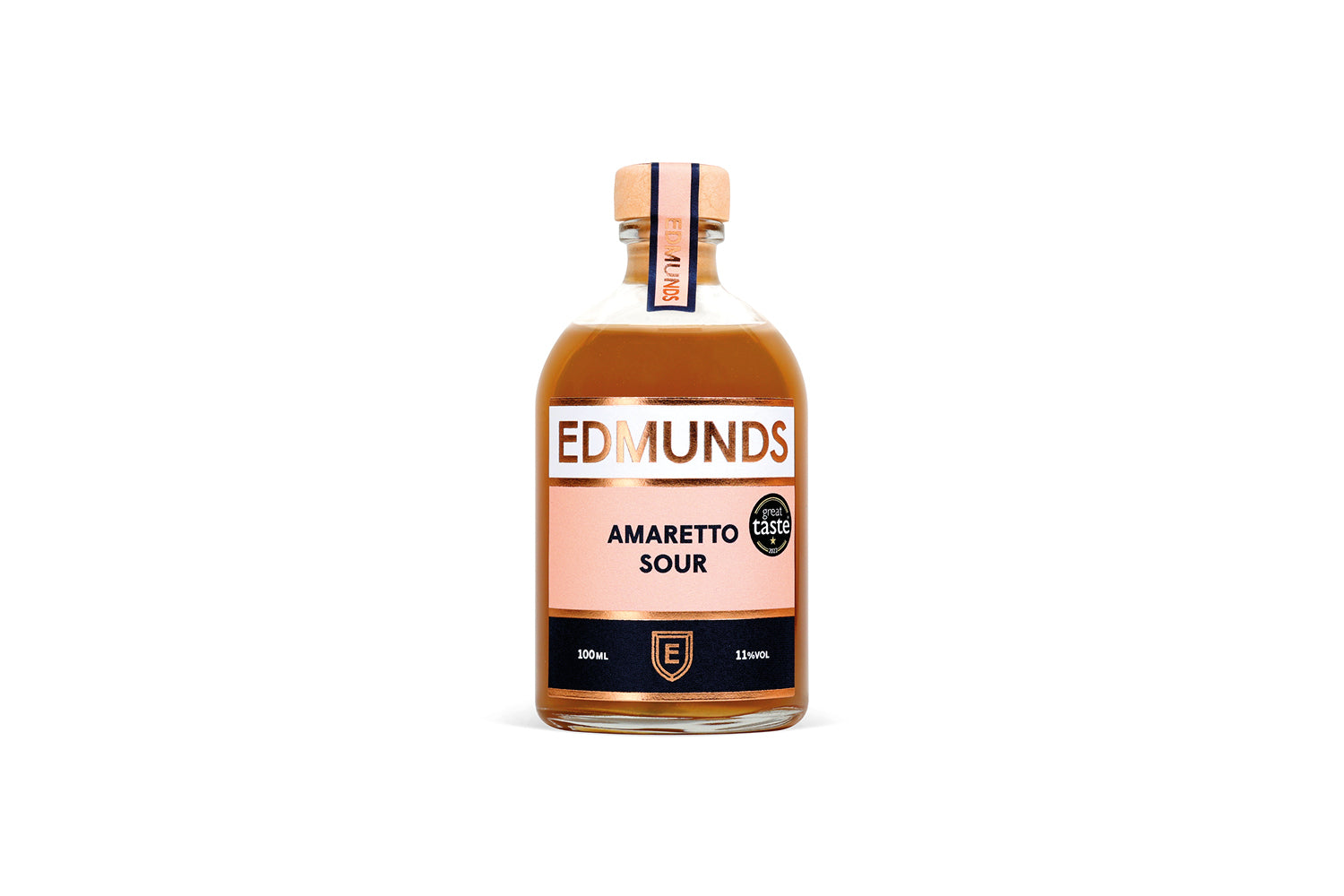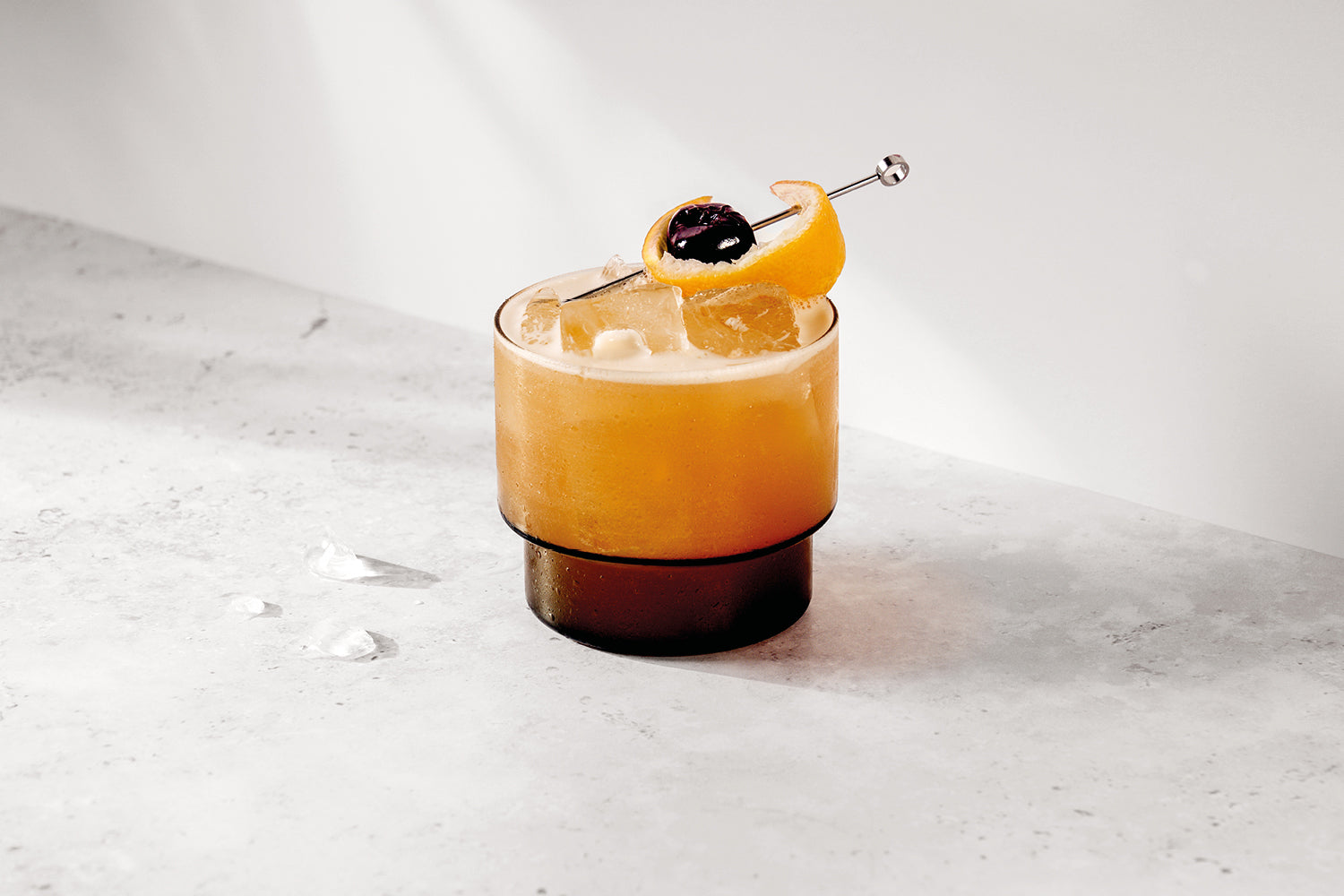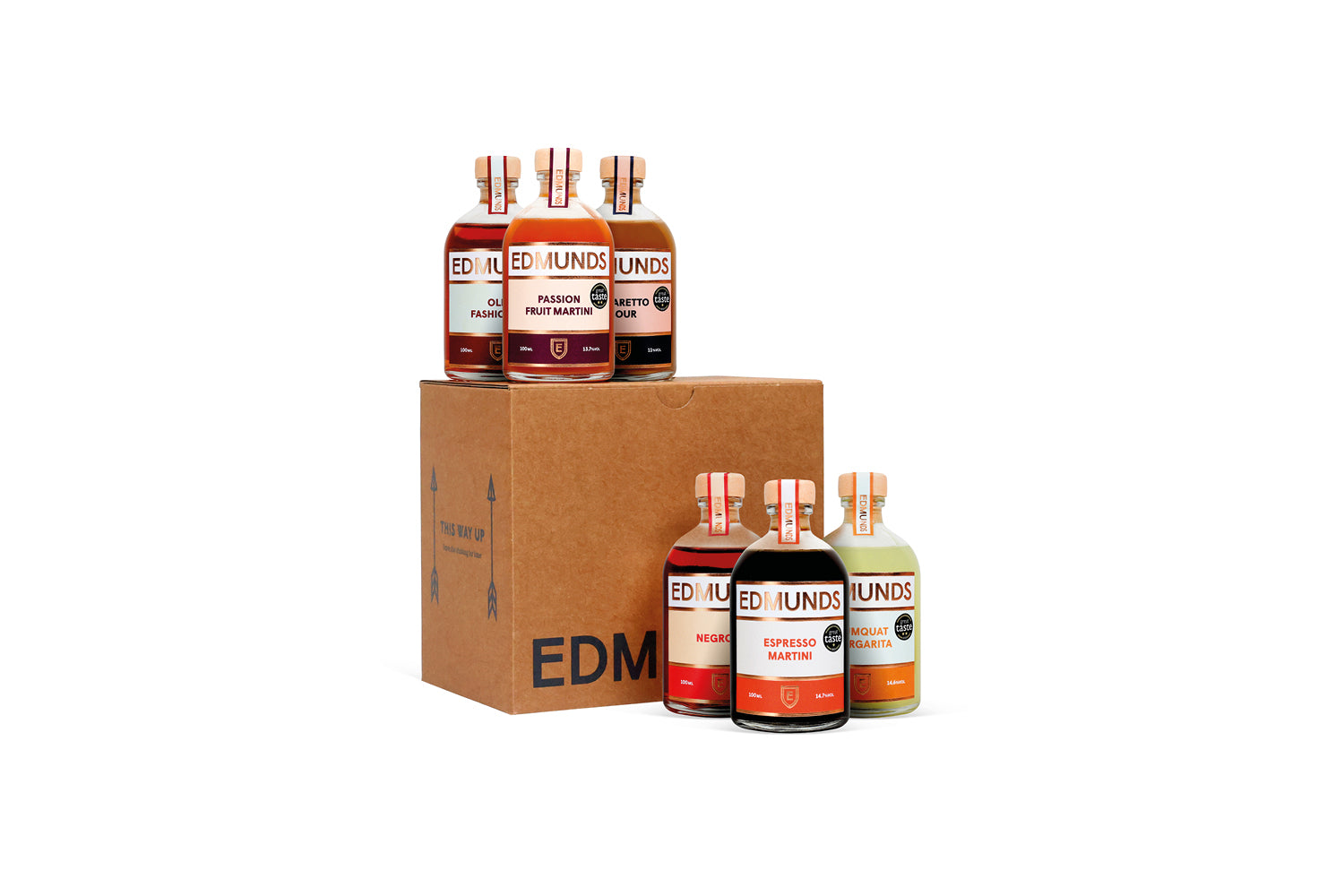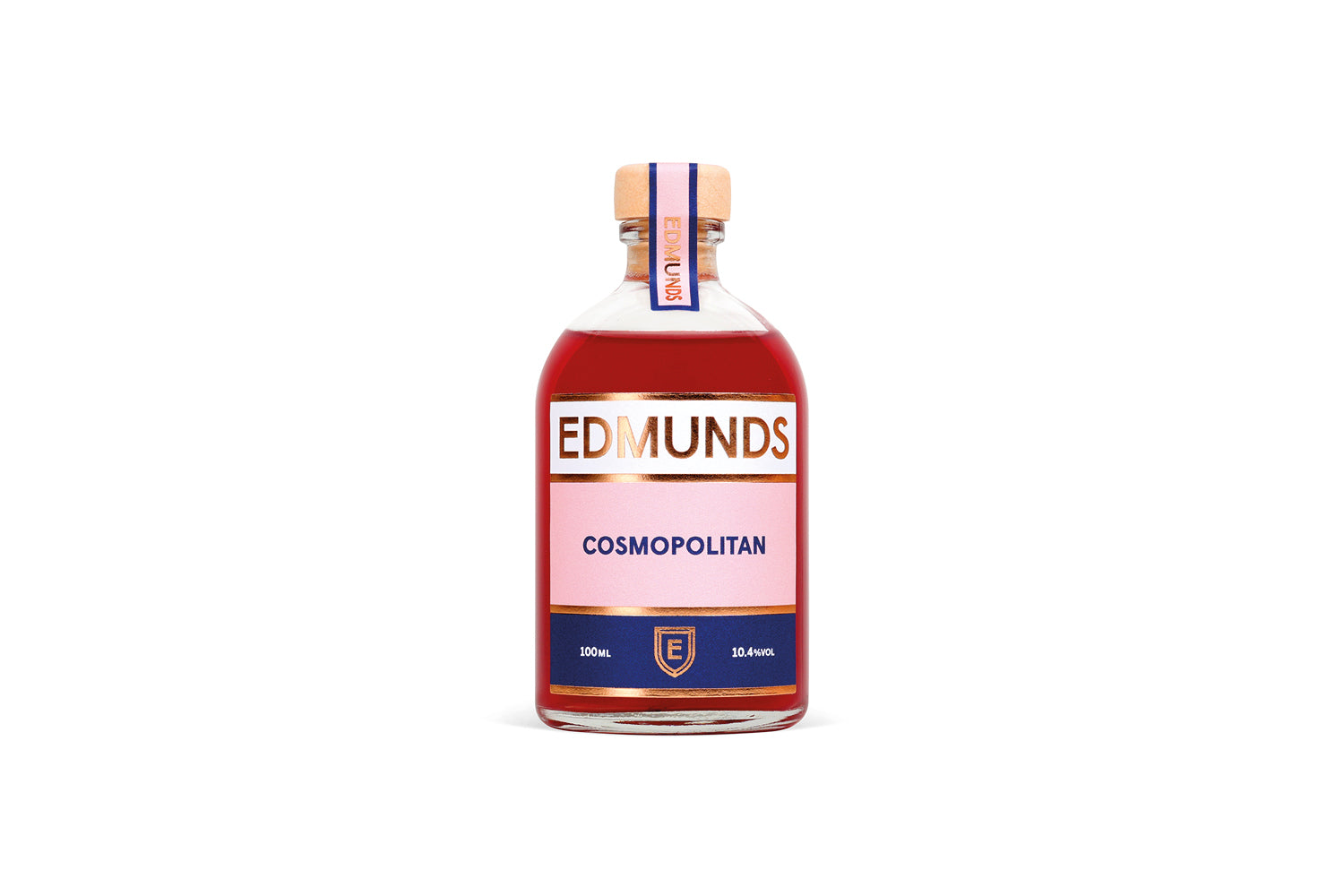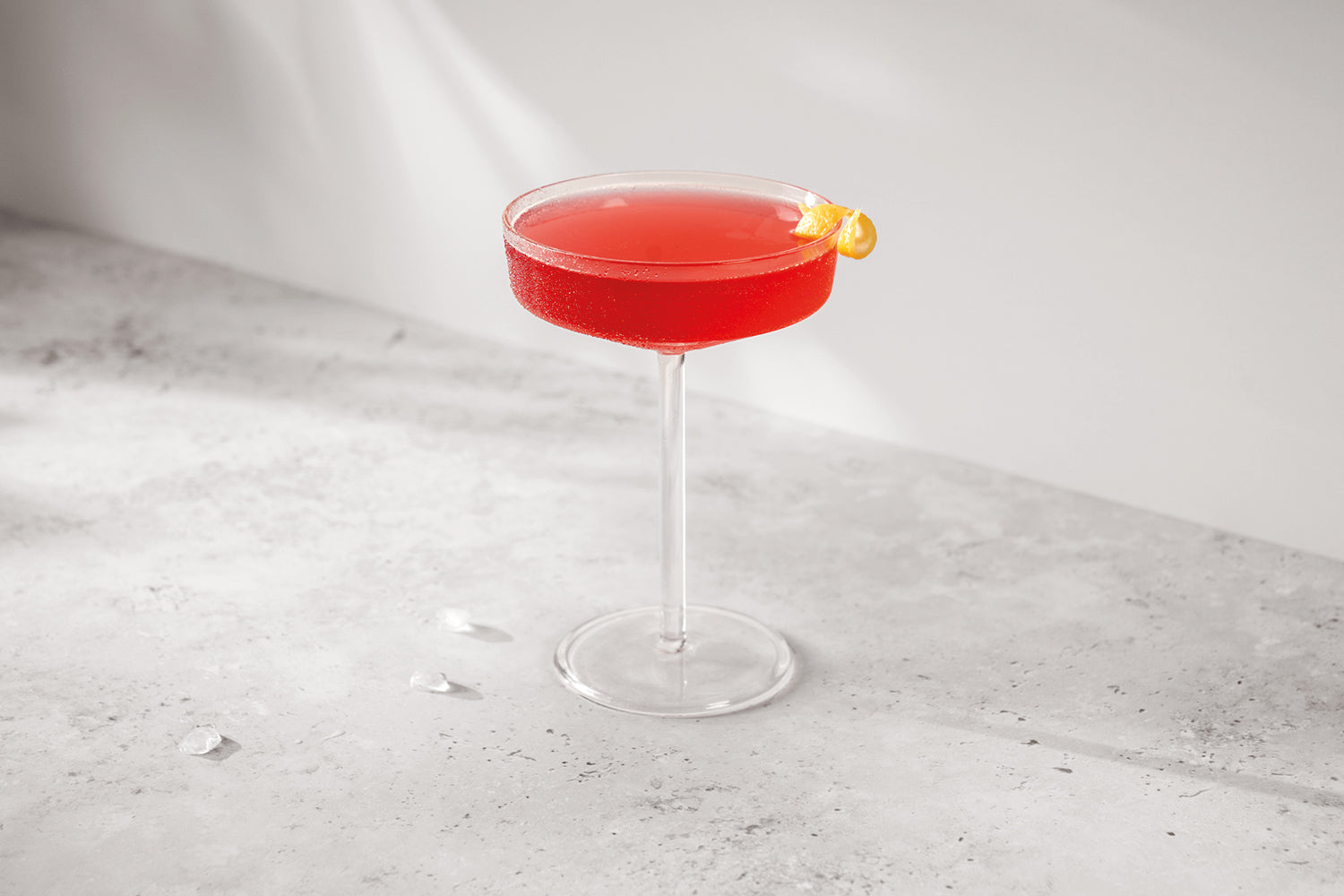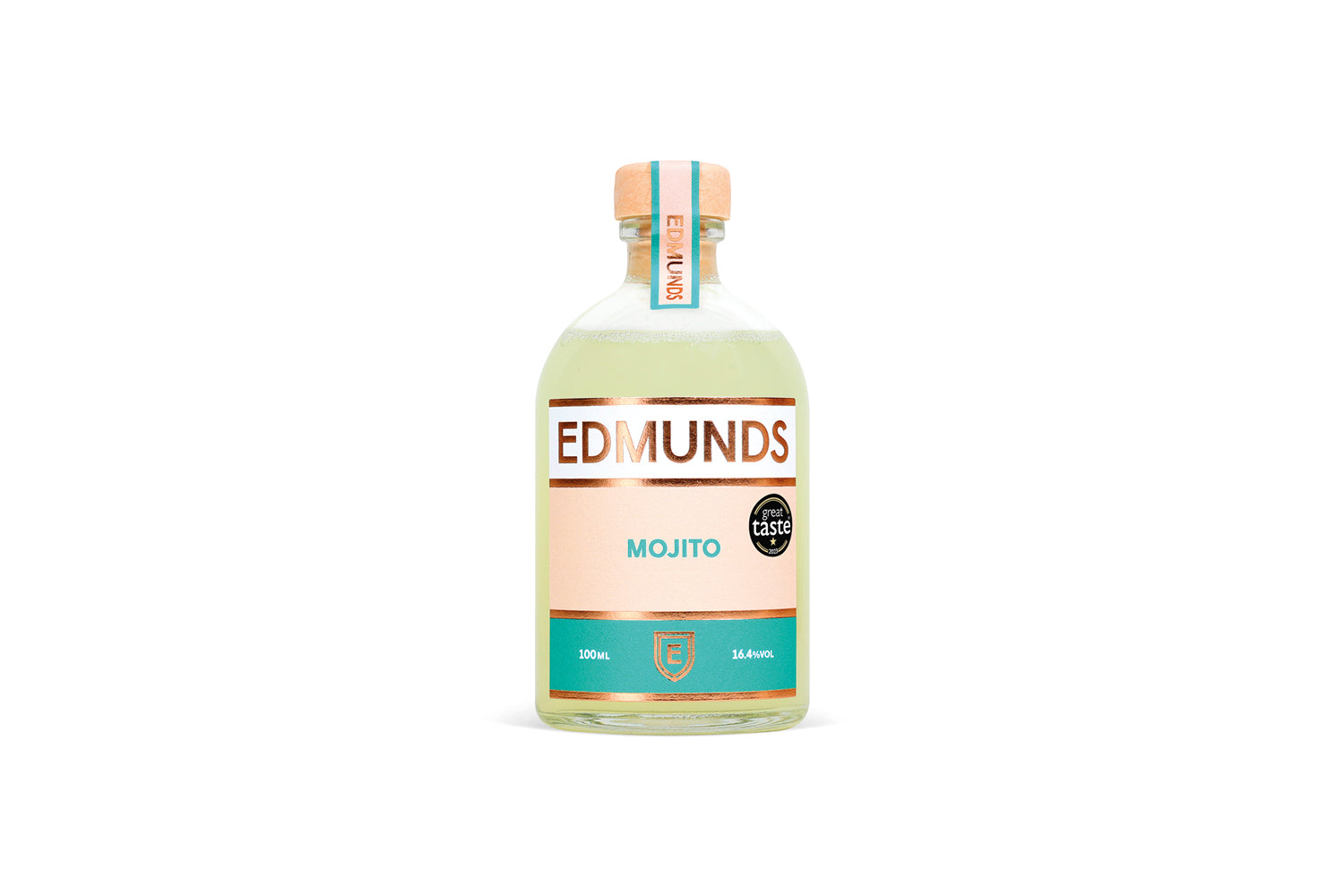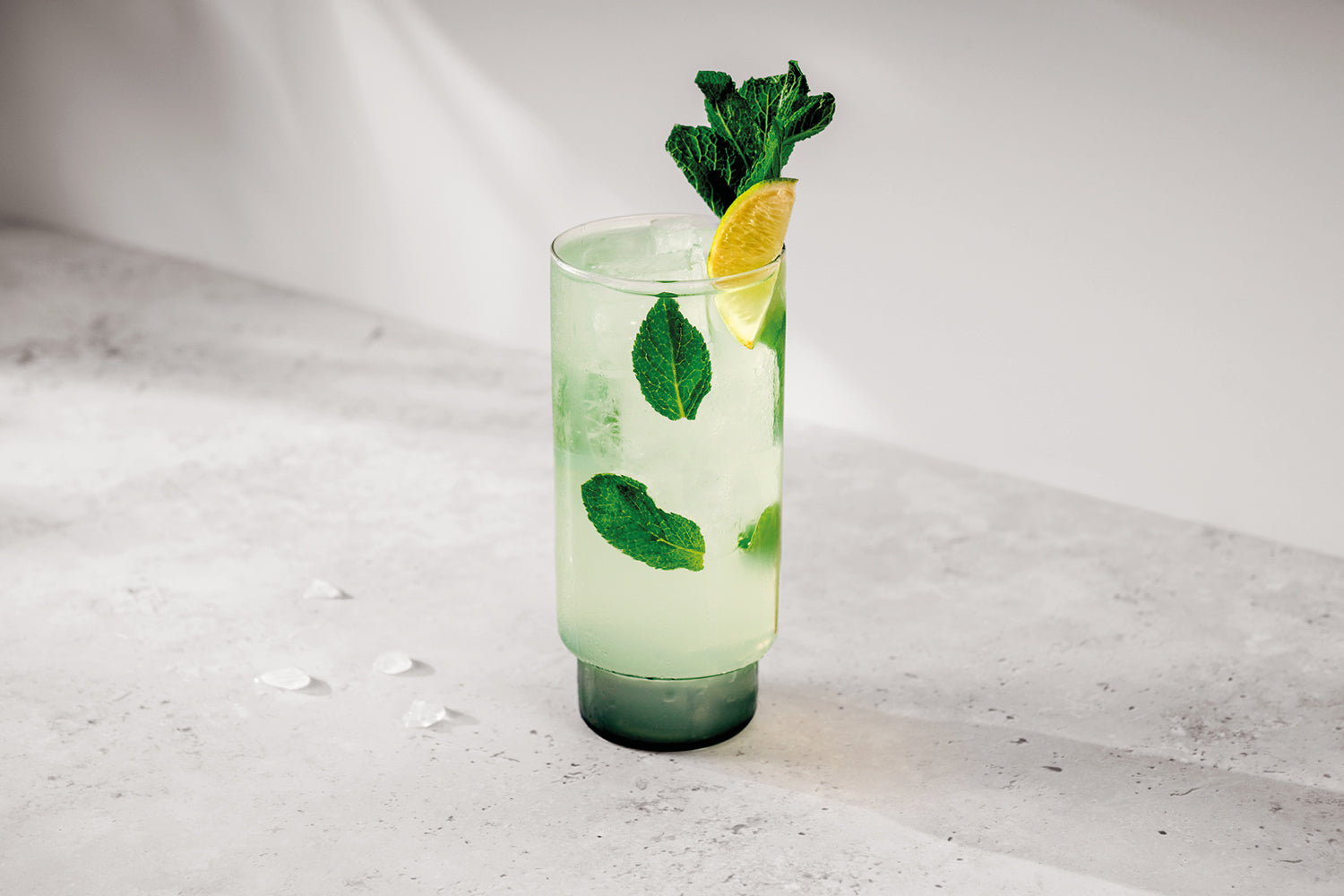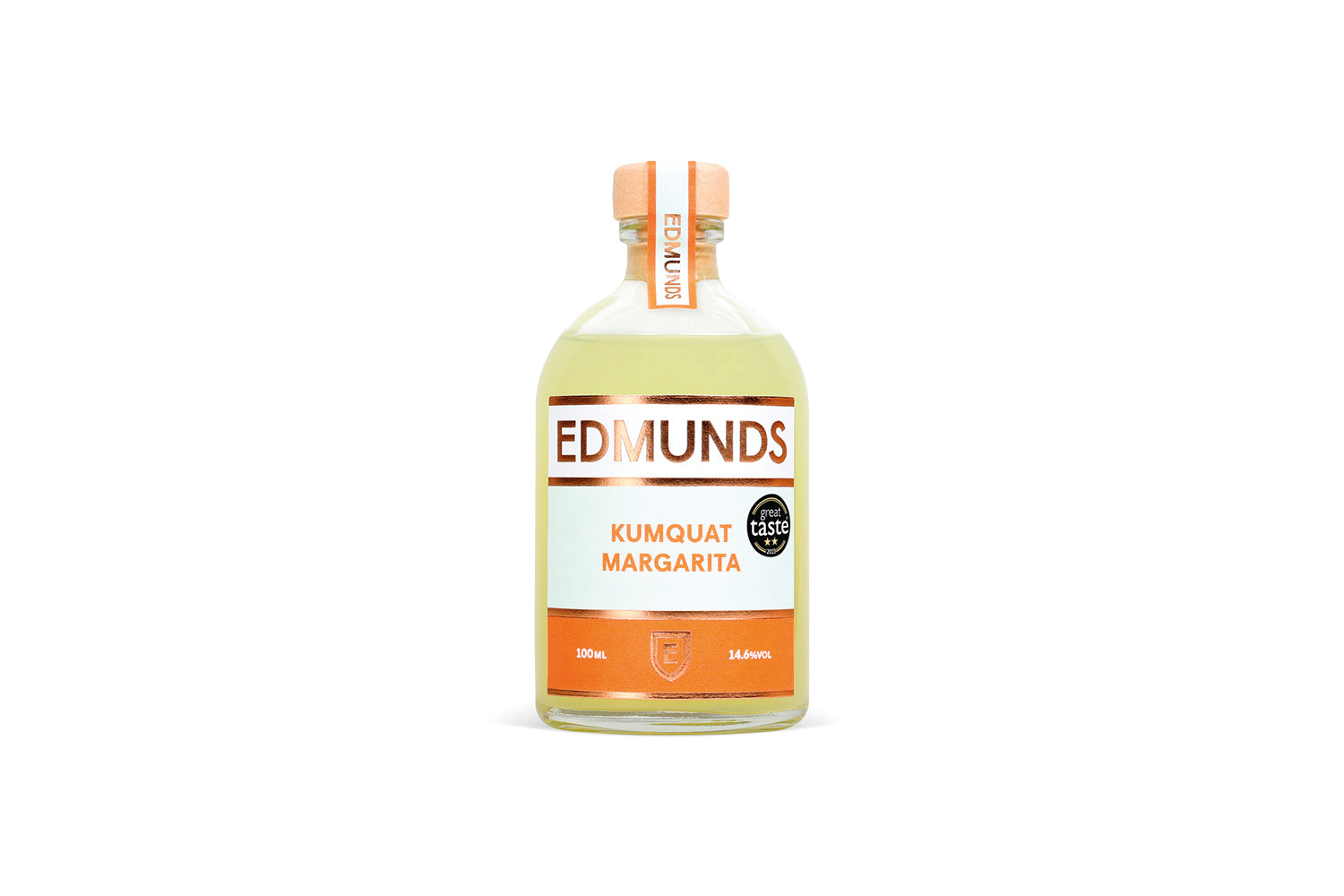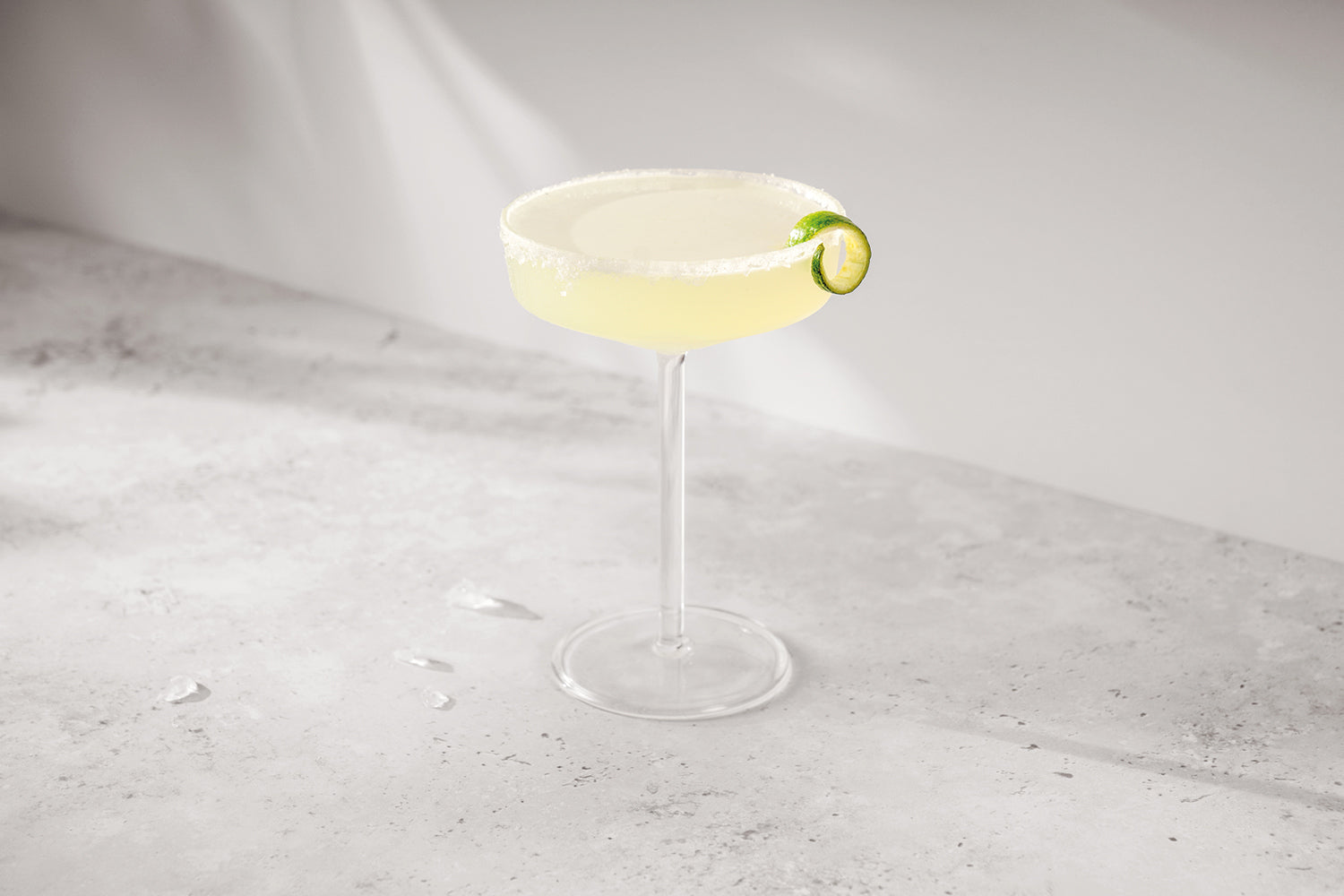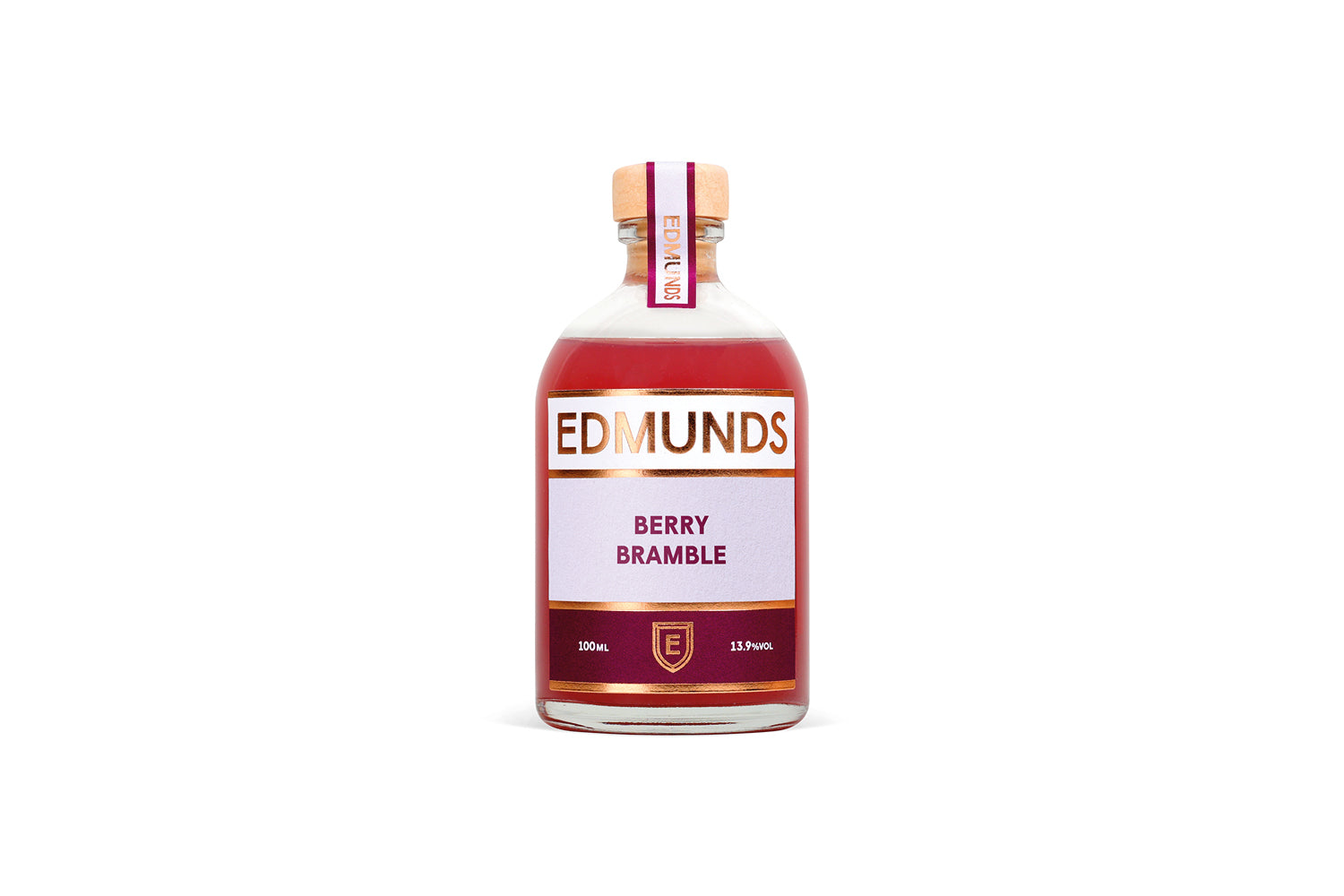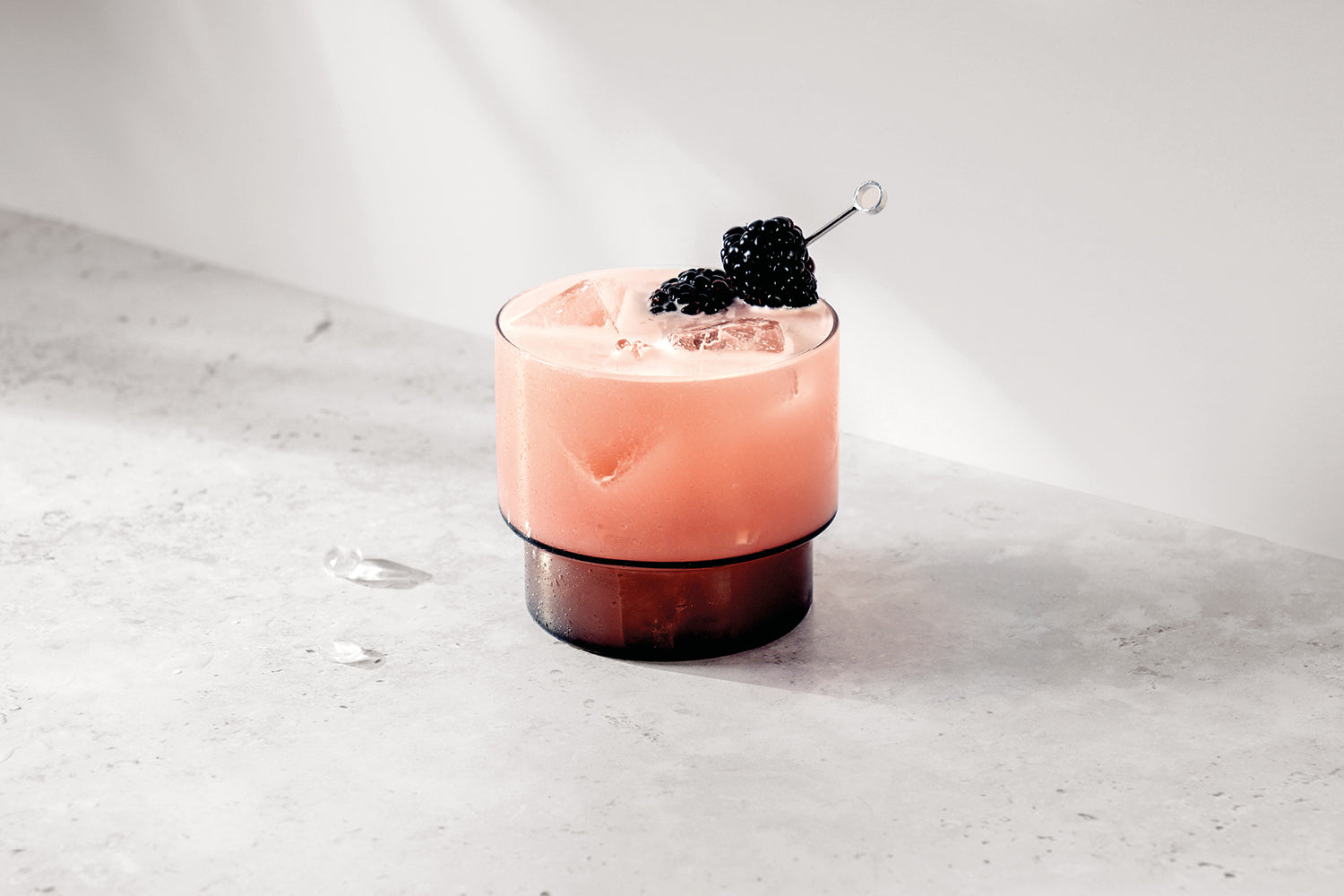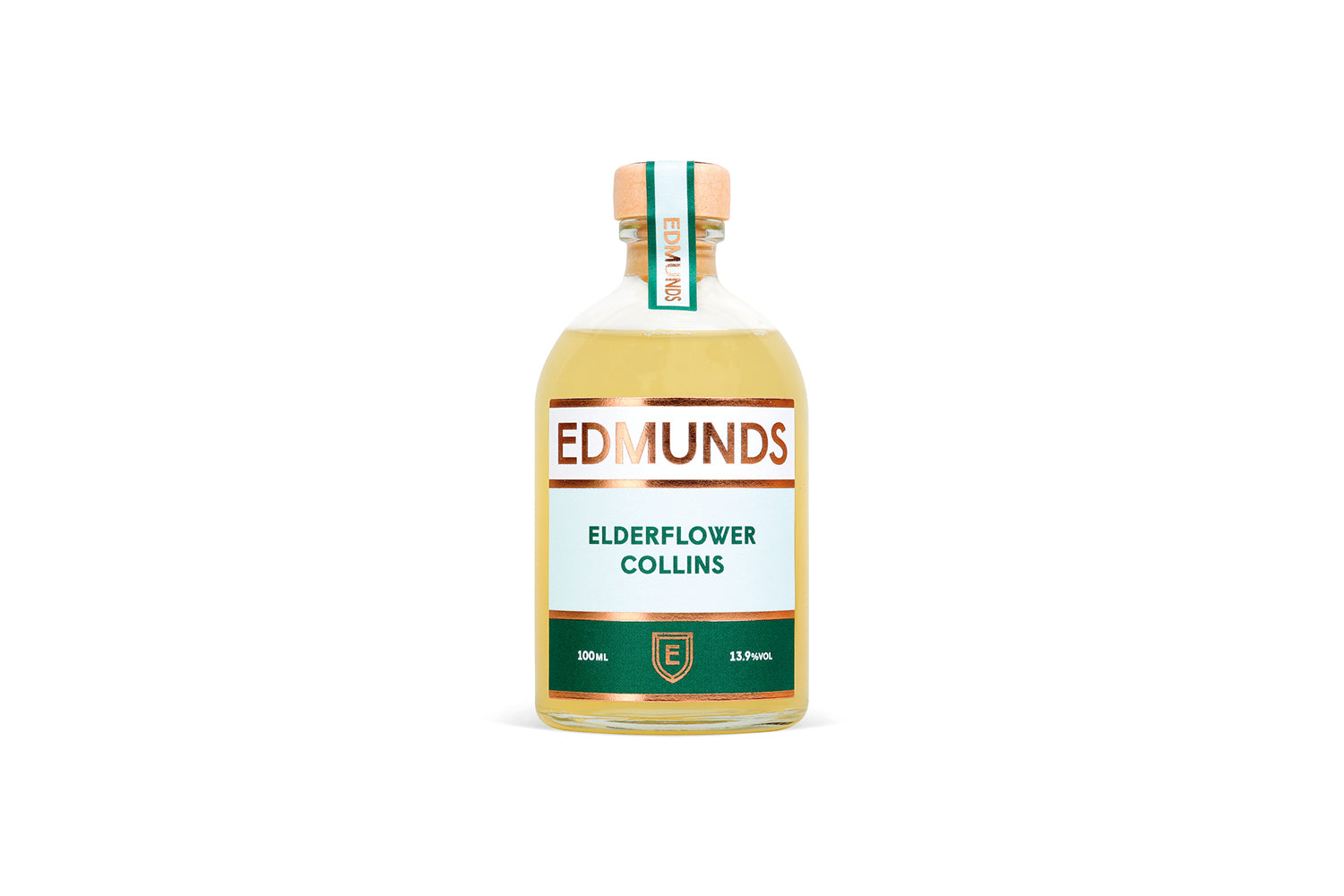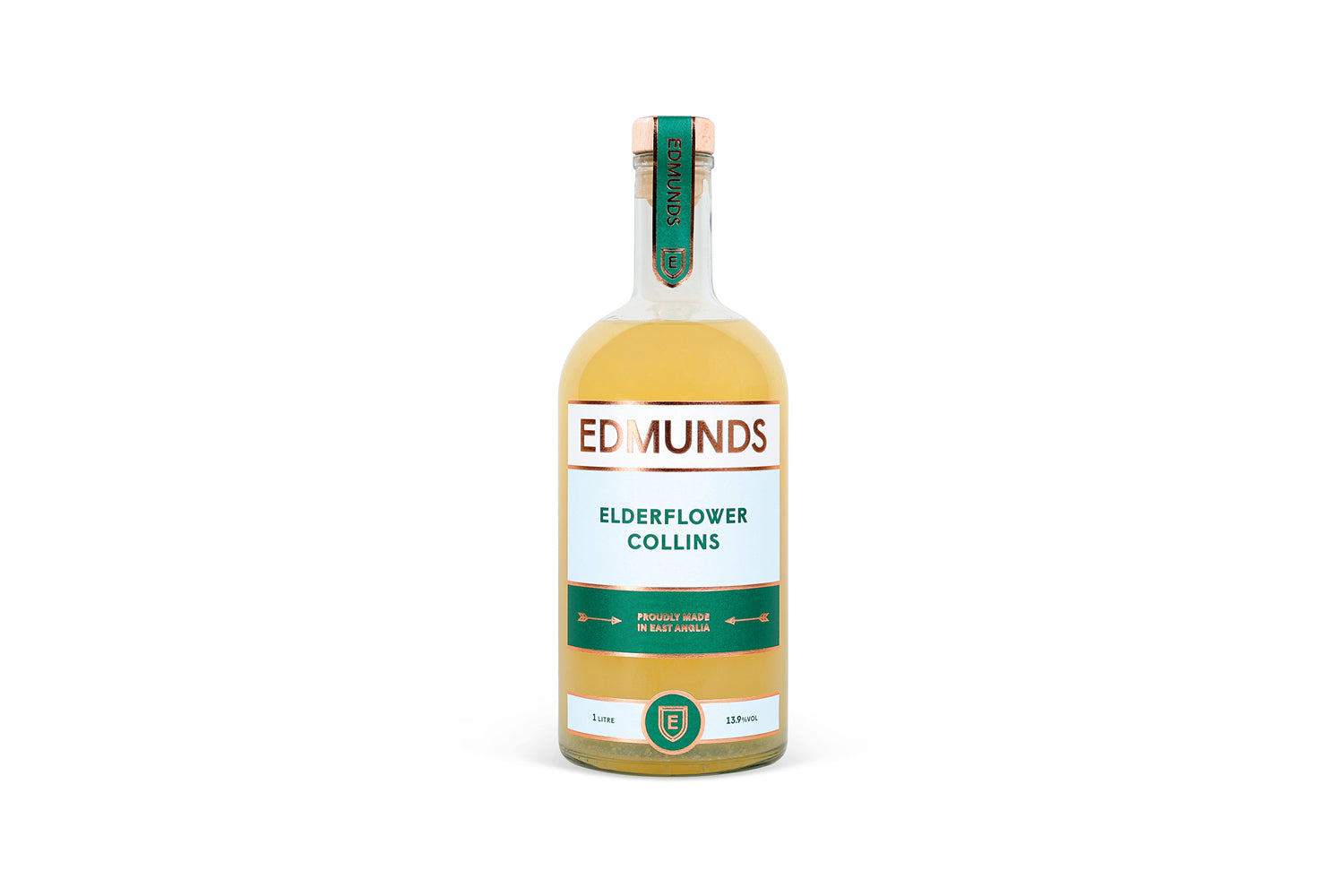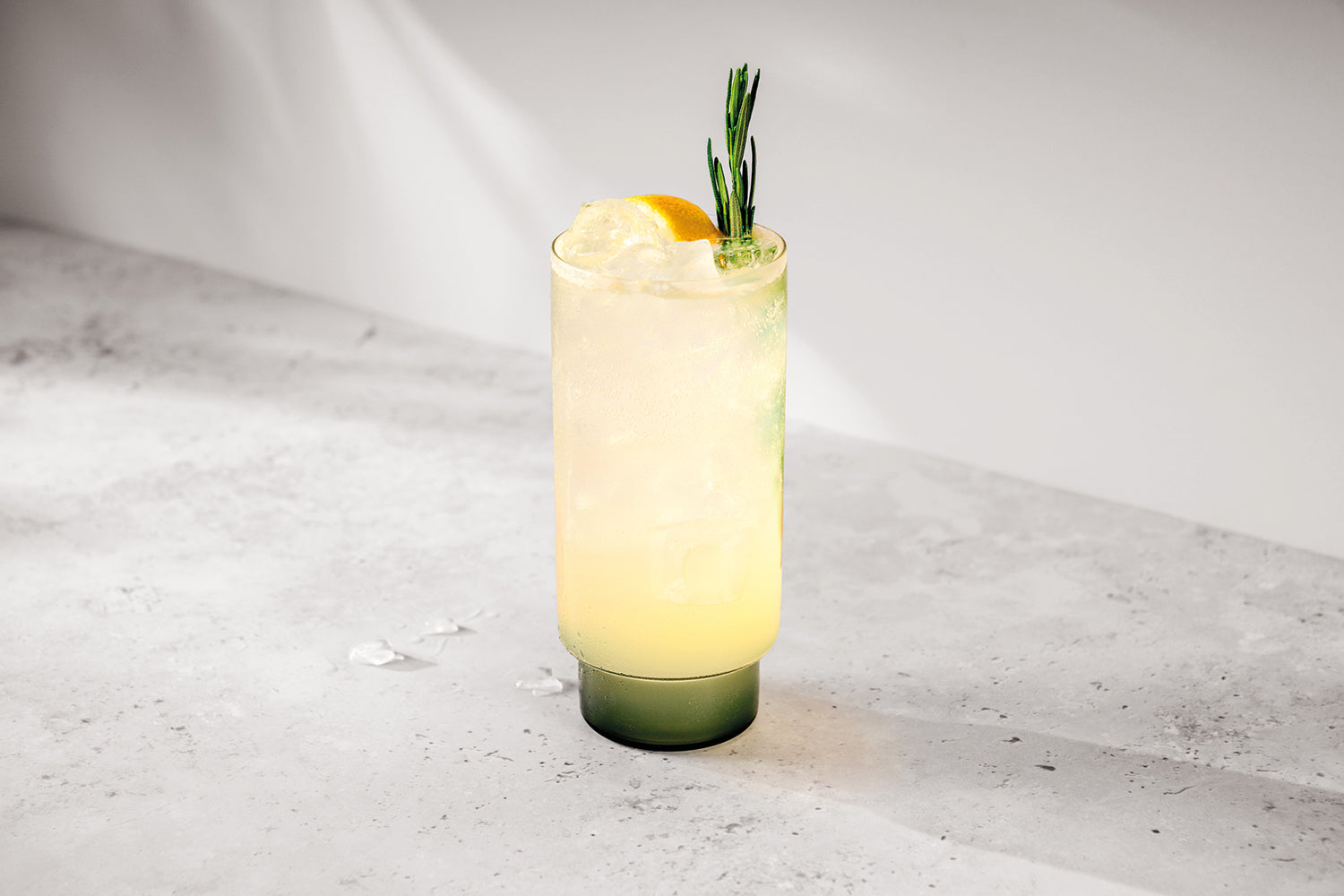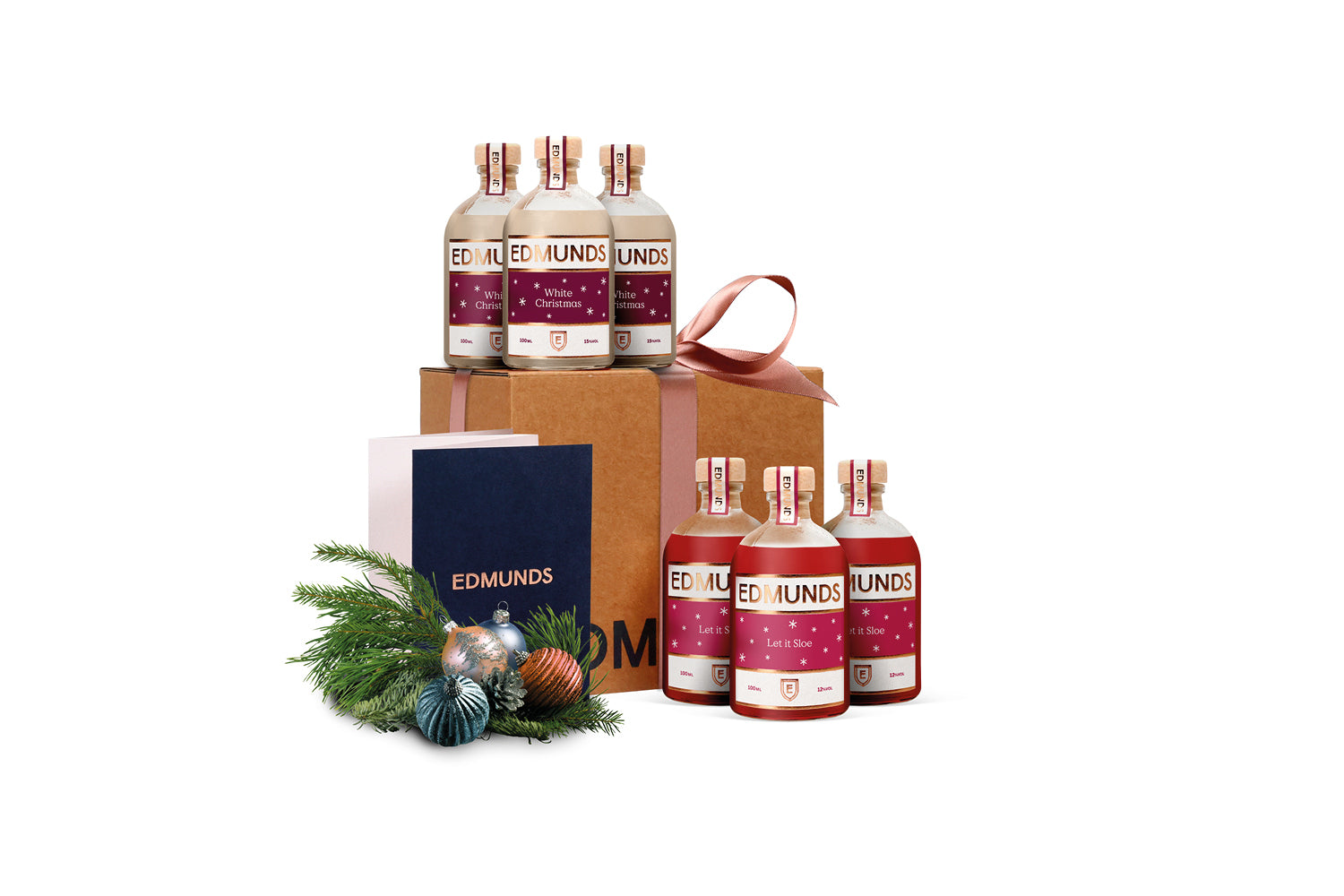No self-respecting cocktail bar would be complete without a varied selection of glassware: a bare minimum is likely to include stemmed wine glasses in at least three sizes (dessert/sherry, white and red) plus champagne flutes and coupes, as well as tumblers, brandy balloons, highball and martini glasses.
The myriad options may seem like a slick sales gimmick from some Illuminati-style glass-marketing board, but there’s plenty of scientific evidence to show that your choice of receptacle will absolutely affect how you experience a drink. So, what to use for which tipple?
Champagne – flute or coupe?
Let’s start with the vexed question of whether champagne should be served in an elegant flute or a louche coupe*. From a purely technical perspective, the flute wins hands-down: its slender silhouette creates a much smaller surface area which helps the champagne to stay cooler for longer and prevents the all-important bubbles from escaping. But, for sheer glamour, you can’t beat the decadent thrill of sipping fizz from a shallow coupe in the manner of a moustachioed cad or studio starlet in an Agatha Christie novel. A deep coupe can also be used to serve a Cosmopolitan or Margarita.
Highball or tumbler?
Chunky rocks, tumblers or lowball glasses are designed for serious drinks that are mixed and muddled in situ, and that benefit from warming in the hand. The open shape and straight walls also encourage the spirit vapours to pool around the rim, concentrating the flavours as you drink – perfect for an Old Fashioned or a Negroni. By contrast, the tall, narrow profile of a highball glass is tailor made for the 3:1 mixer-to-spirit ratio that’s typical of a Collins or a Mojito. Oddly, high-sided glasses jack up sourness levels, so they’re ideal when you want sour to be the dominant flavour profile.
Why does a martini have its own glass?
Essentially a modernist twist on a classic coupe, the inverted cone-shaped martini glass is an enduring favourite. Perfect for any martini – or alterna-tini – it’s also the vessel-of-choice for a broad range of spirit-forward cocktails. Its wide rim creates a large surface area that allows the release of spirit vapours and other fragrant ingredients, while the relatively modest capacity helps the cocktail stay cool for as long as it takes to drink it (serious cocktail bars will chill glasses in the freezer to delay the warming process). Steeply sloping sides also make a good support for an olive-loaded cocktail stick.
*Contrary to popular opinion, the champagne coupe was not modelled on the breast of Marie Antoinette. Sorry.
